You might’ve seen some very cool Norse hairstyles in one of the many Viking-inspired TV shows or movies lately, and thought to yourself “are those elaborate picture-perfect haircuts really historically accurate?”. Well, in many cases not at all. But, it turns out there are some accurate depictions out there too, so there is definitely hope if you’d like to find (or create) a historically accurate Viking hairstyle in modern times.
I’ll walk you through the evidence we have found so far that describes hairstyles from Viking Age Scandinavia, and listed some modern interpretations that follow these fairly well.
Hopefully, I’ll help you sort out the authentic and tasteful hairstyles, from those where artists and creators have taken very generous liberties in their artistic interpretation of the few sources we have available.
Let’s dive in and look at what types of Viking hairstyles we know of from archeological findings and historical texts.
Historically Accurate Viking Age Hairstyles for Men
How Did Viking Men Wear Their Hair?
Here are some historically accurate Viking male hairstyles found in archeological evidence and described in historical accounts from the time period:
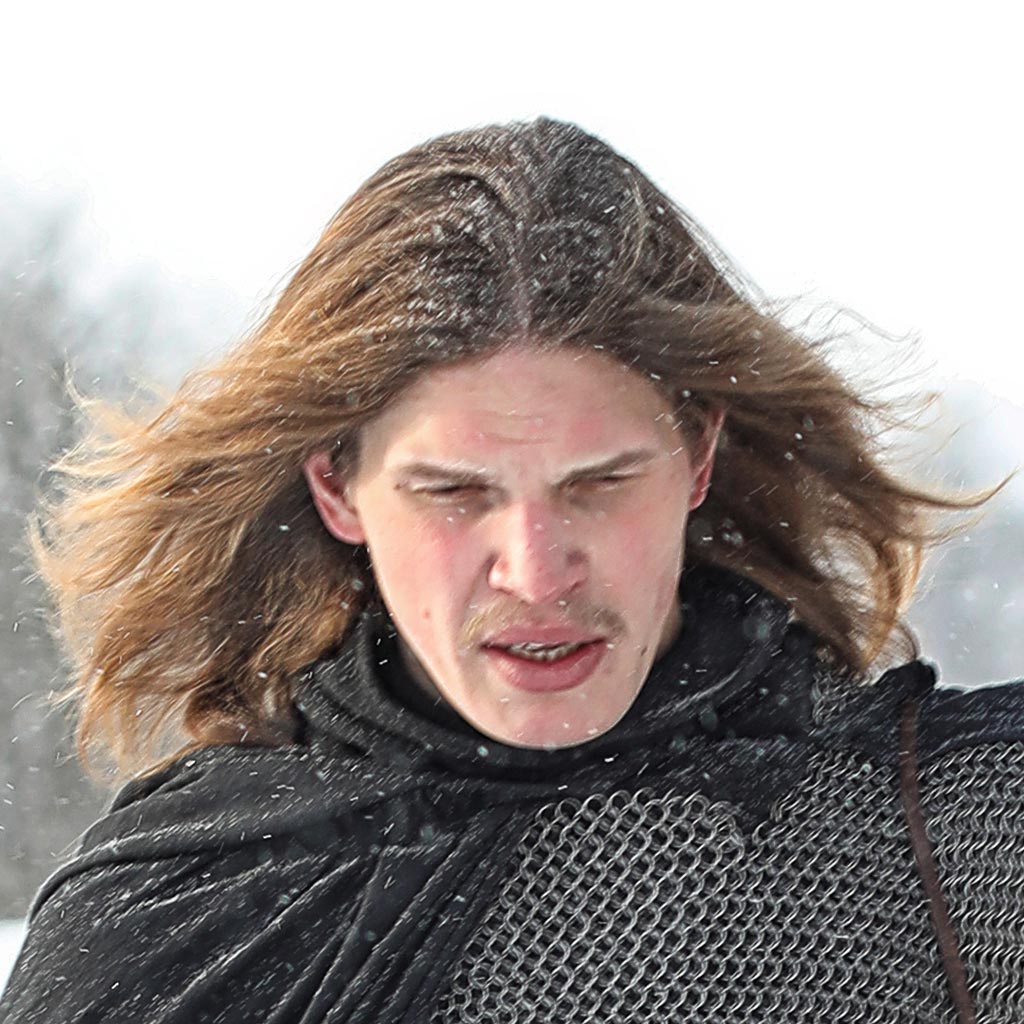
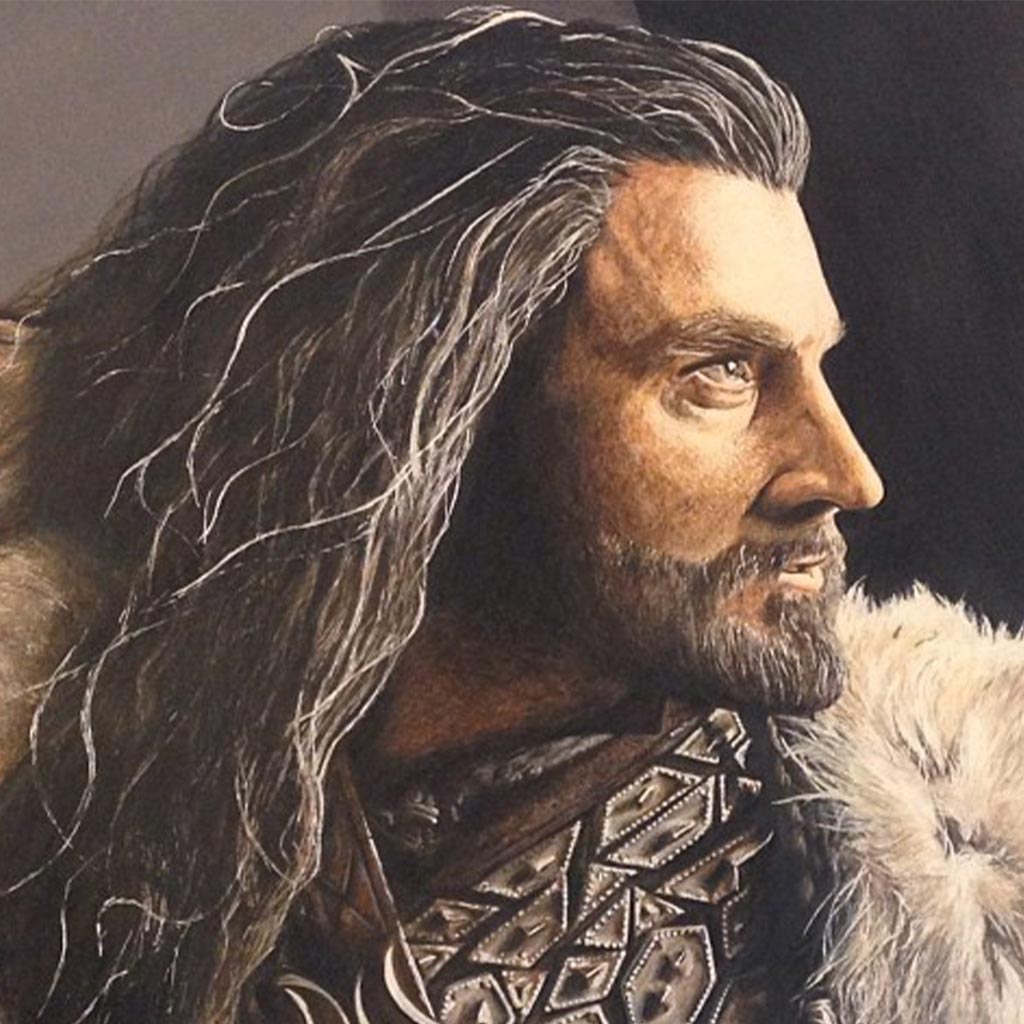
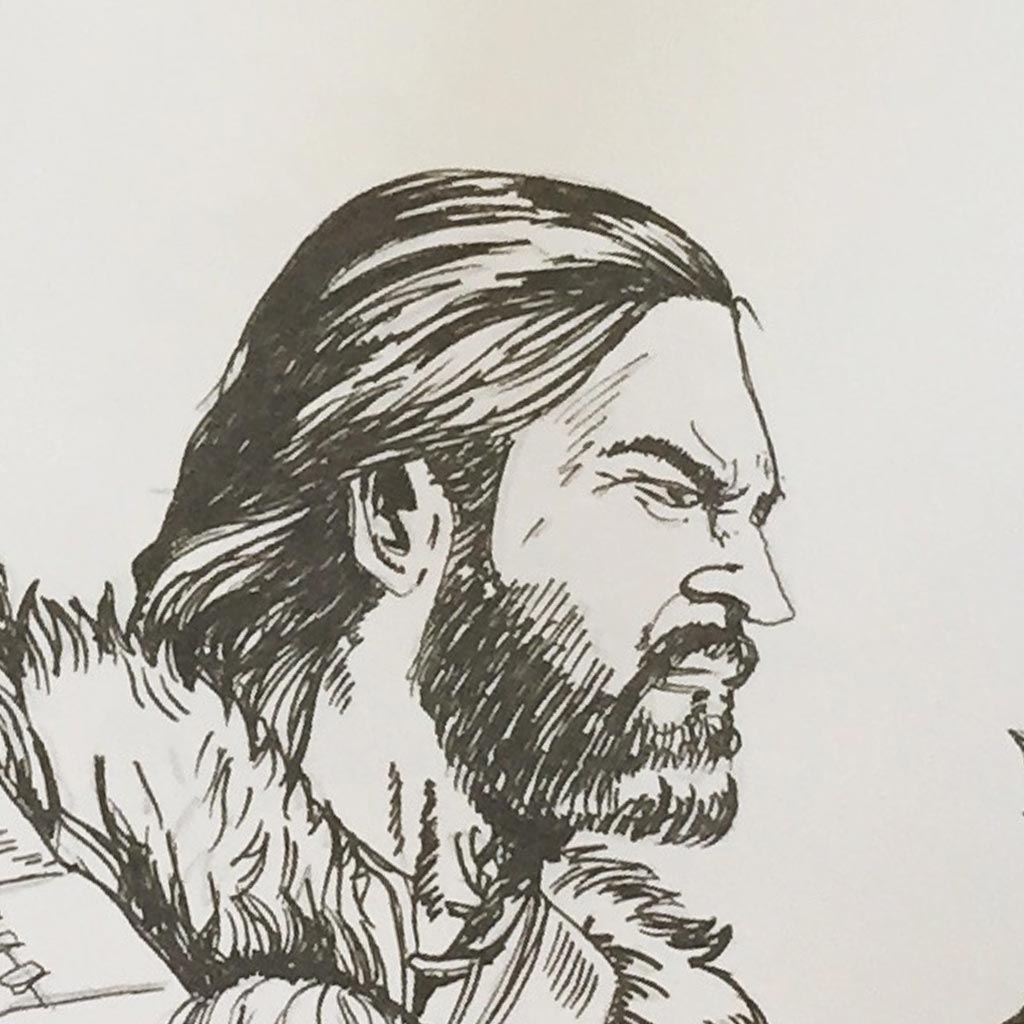
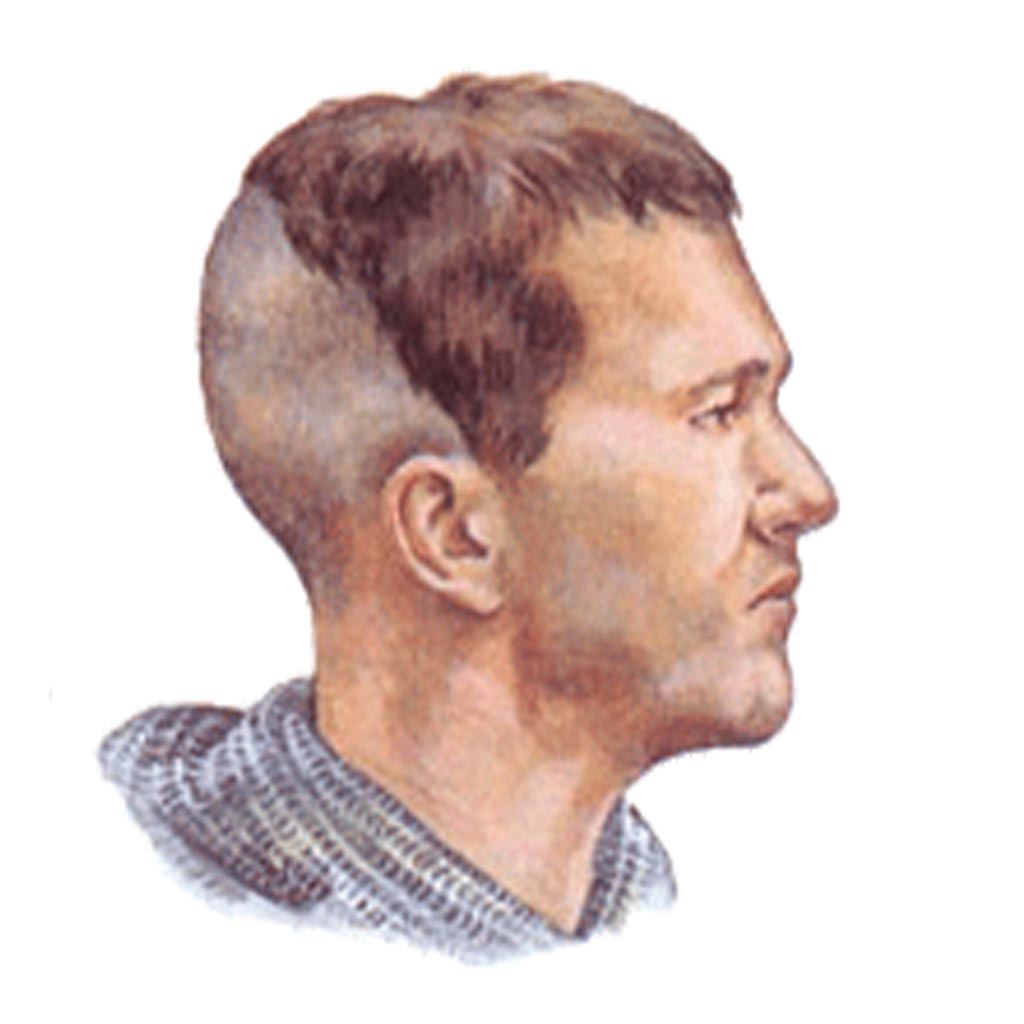
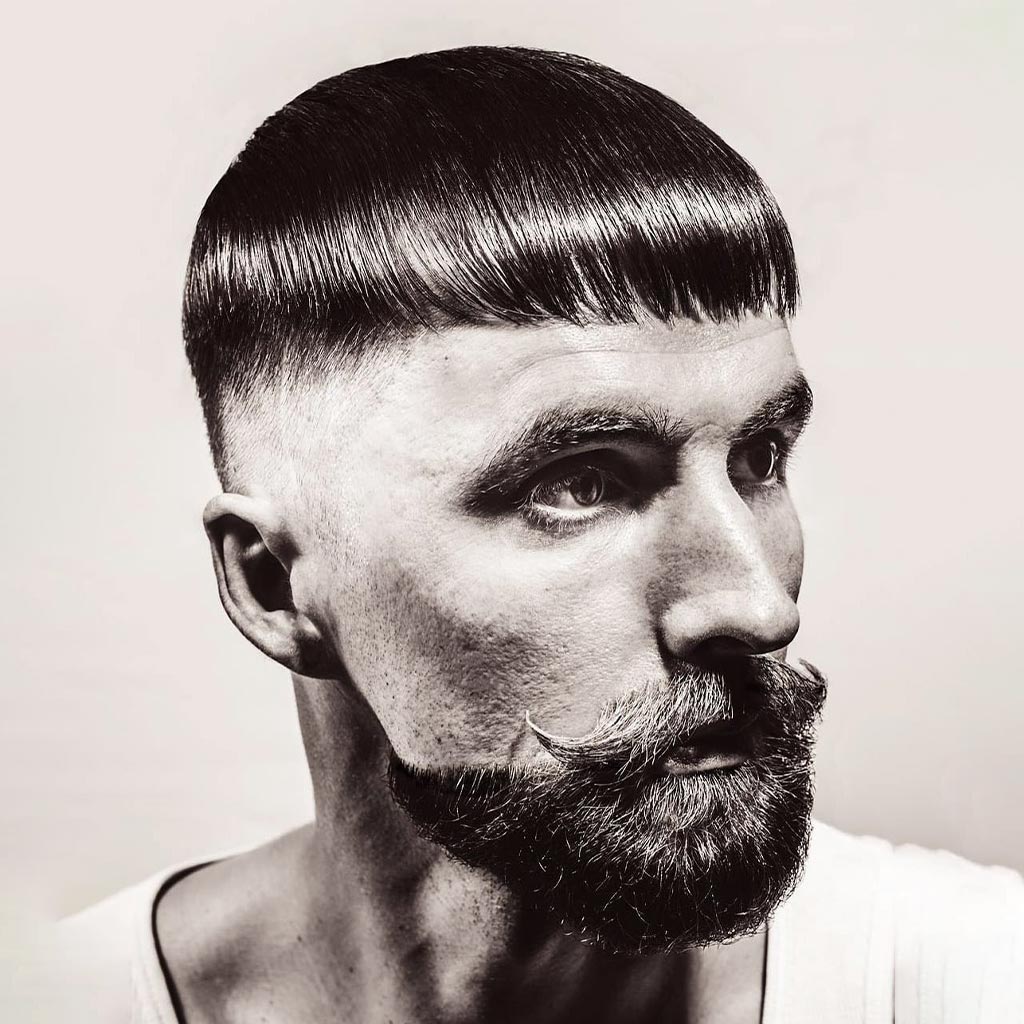
These Norse hairstyles can be seen in archeological findings that have been dated from the Viking age, in the form of jewelry, sculptures, and other artifacts, as well as in historical accounts such as texts, letters, and inscriptions.
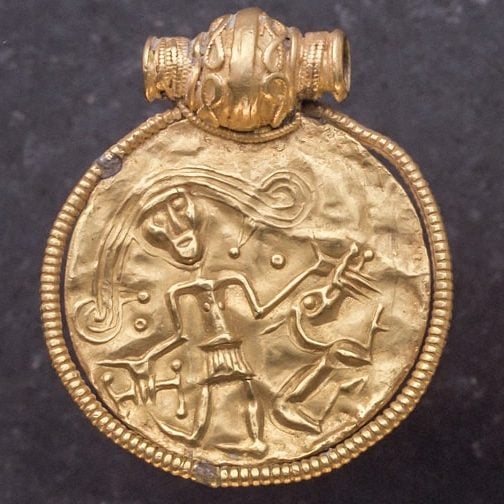
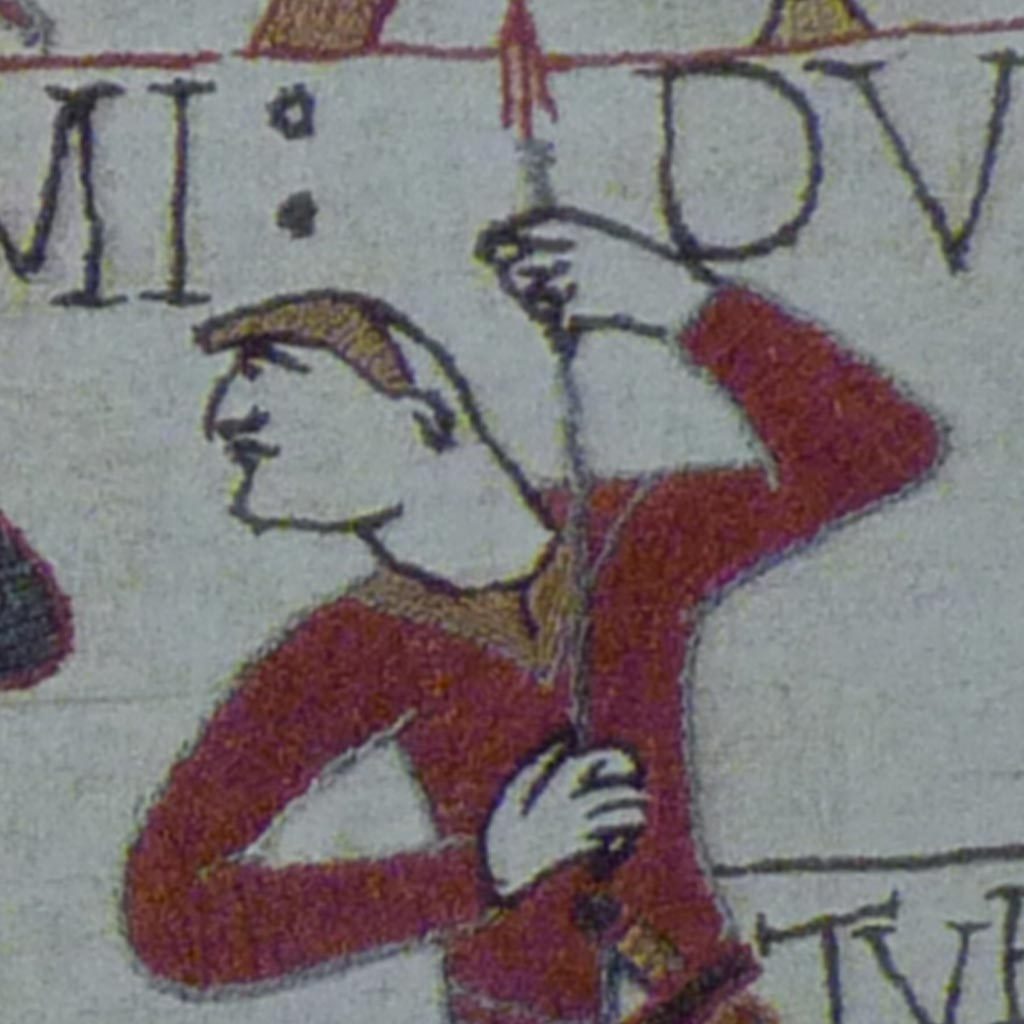
Viking sculptures and engravings have been found with generally long hair and beard that was usually shaped, tied or braided in different ways in order to not be in the way (while in combat or working).
There is a general belief among Norse historians that Vikings and Germanic people in general assigned special powers to long hair and beards, with the Suebi knot and Merovingian kings being two good Germanic examples where longer hair presented in a certain way was believed to have an effect on strength and power.
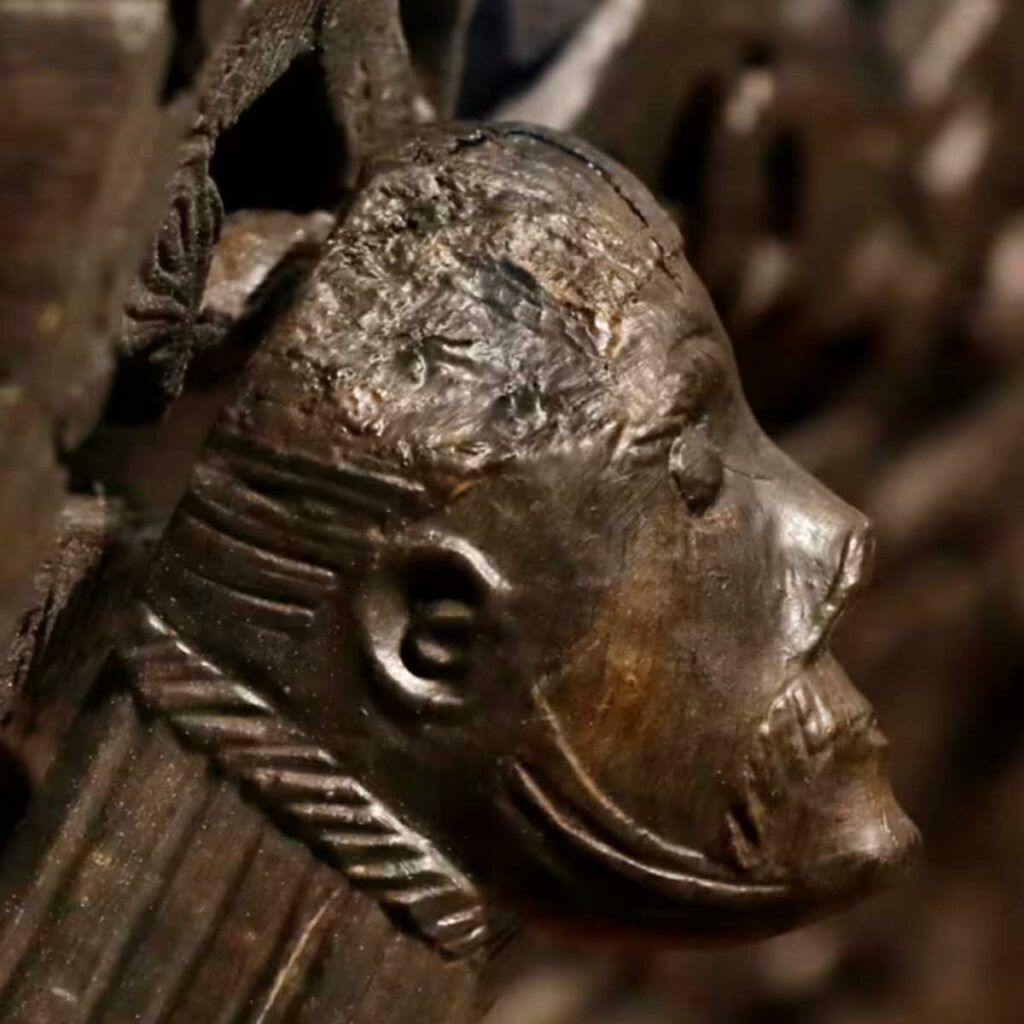
A few notable exceptions have been found on the Oseberg cart from around 800 CE, where shorter haircuts with shaved sides and backs are clearly engraved multiple times, though there are plenty of long-haired examples as well.
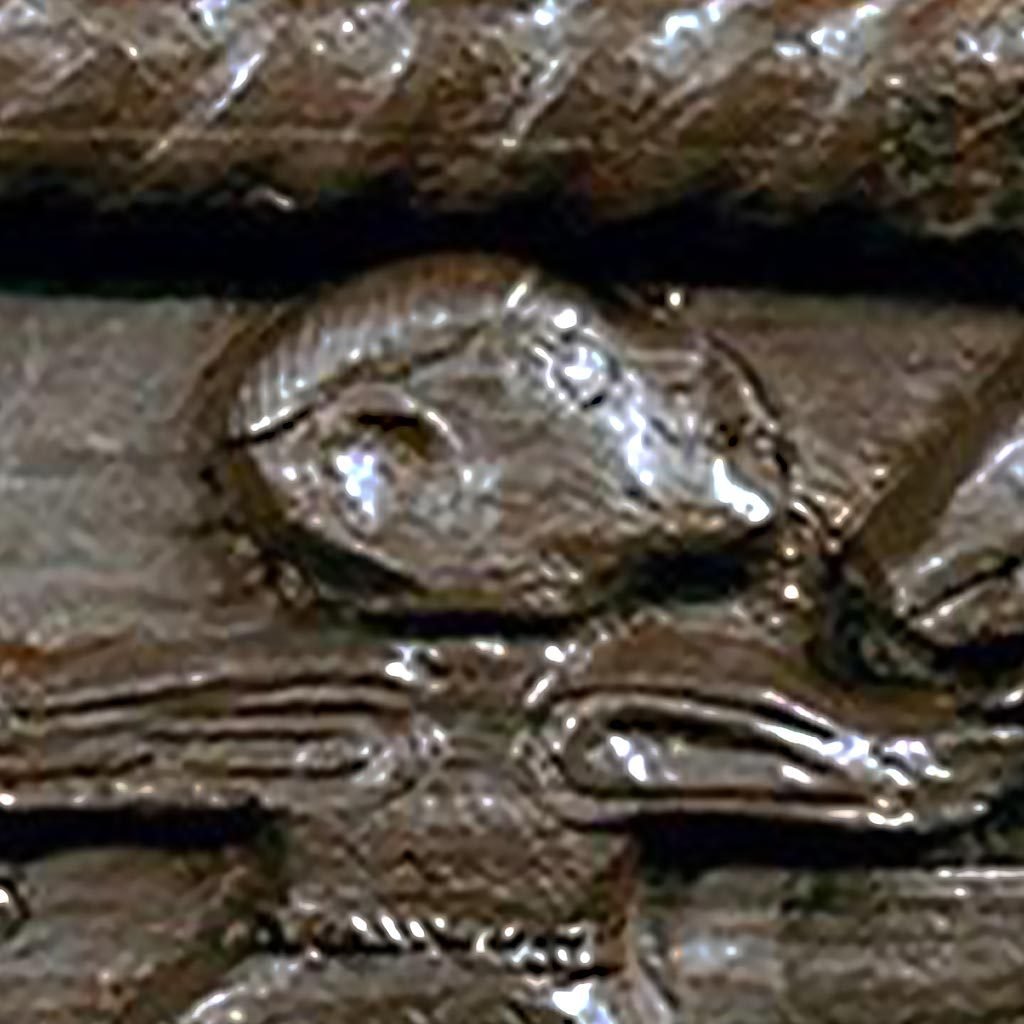
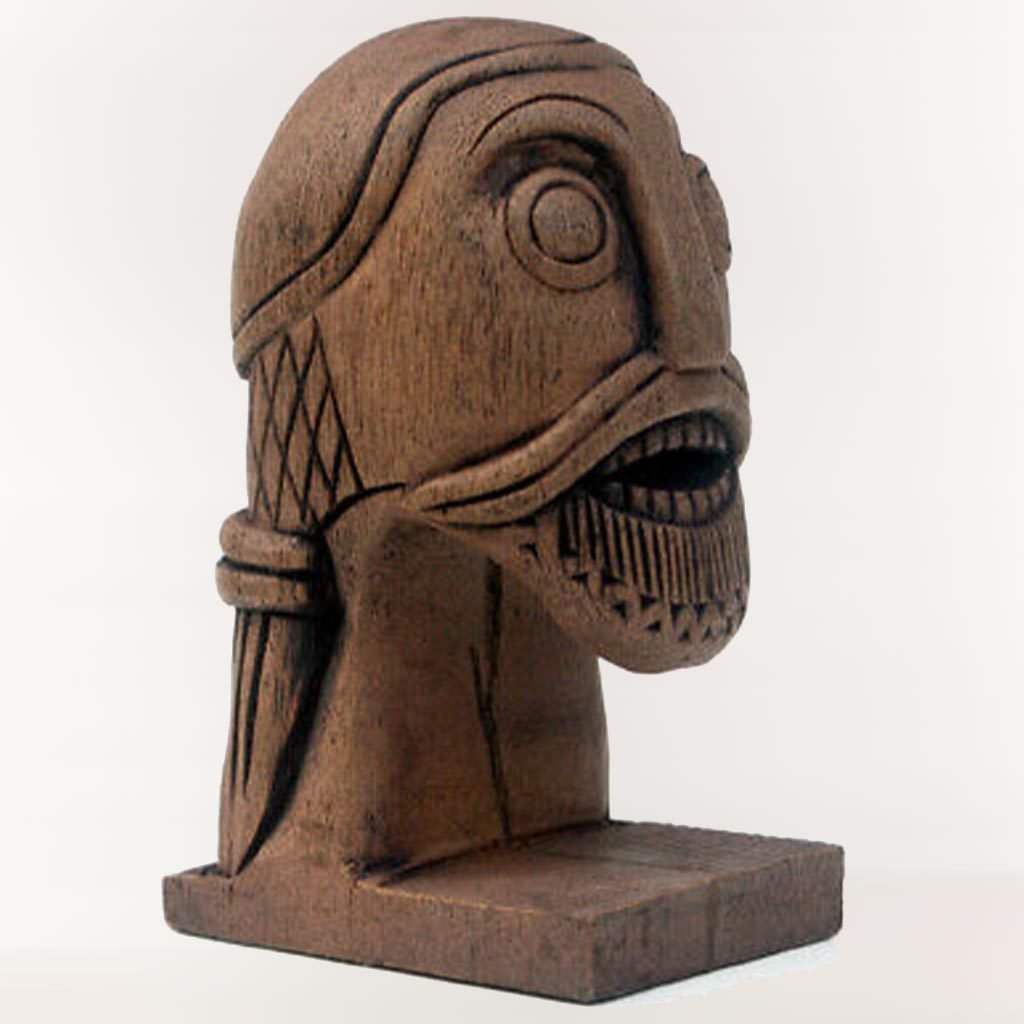
One of the few written accounts we have on specific Viking hairstyles is an Old English text where an Anglo-Saxon man is angry at his brother for adopting a heathen haircut and forgetting his own customs. He wears his hair “balded neck and blinded eyes”, which suggests the so-called “Norman Cut” with long hair in the front and shaved in the back.
What is interesting here is that this particular hairstyle was so associated with the Vikings/Normans that this English man felt shame that his brothers would wear his hair like that.
For more information on what we actually know about Viking hairstyles, I’d recommend listening to Dr. Jackson Crawford who specializes in Old Norse (he teaches Scandinavian Studies at my Alma Mater UC Berkeley, on top of talking about Norse mythology on YouTube):
Did Vikings Shave Their Heads?
Vikings were known to at least partially shave their heads in order to achieve specific hairstyles, such as the “Norman cut” with shaved back and long hair in the front, and a similar but differently angled high bowl cut found in the Oseberg cart. So we can safely assume that there were Vikings who shaved their heads.
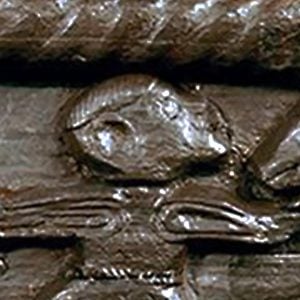
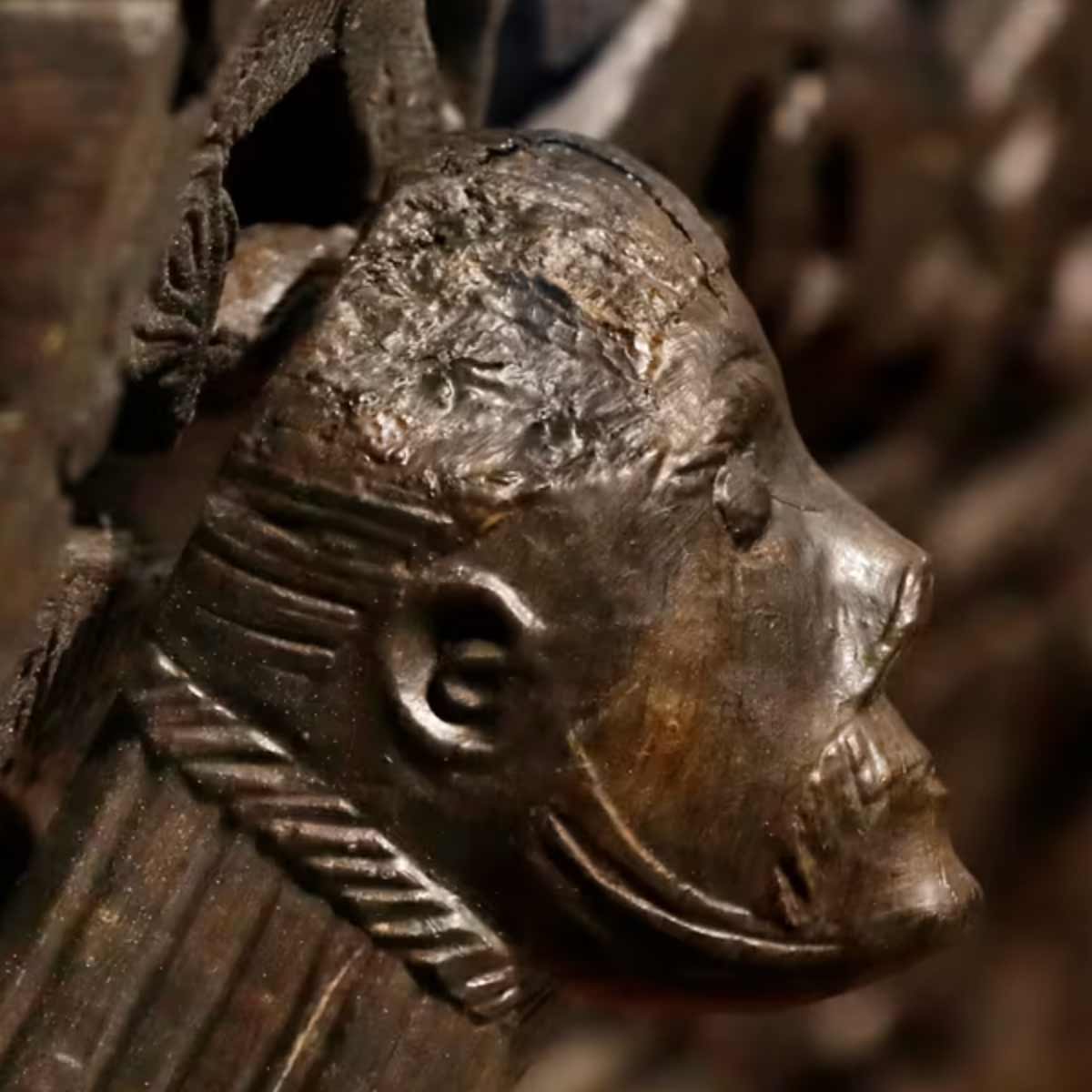
Did Vikings Have Dreadlocks?
It might be a cool notion to imagine dreadlocked Vikings, but there is simply no definitive evidence that dreadlocks were common or even present at all among Norsemen during the Viking Age. On the other hand, we do have documented as well as archeological proof of Vikings being very strict about combing their hair regularly, which—assuming this was the norm among the whole population—would effectively negate any presence of dreadlocks.
Every morning a girl servant brings a great basin of water; she offers this to her master and he washes his hands and face and his hair — he washes it and combs it out with a comb in the water
Ibn Fadlan, on the Rus merchants at Itil, 922
Still, there are some sources suggesting that there may have been dreadlocks present in the Norse culture, but there is no archaeological evidence to support this claim. The most compelling evidence for this claim comes from images in Norse mythology which show characters with long, matted hair.
However, no scholars have been able to definitively determine if these images depict dreadlocks or simply long, unkempt hair. Therefore, the claim that Vikings had dreadlocks is largely unsubstantiated as far as I’m concerned.
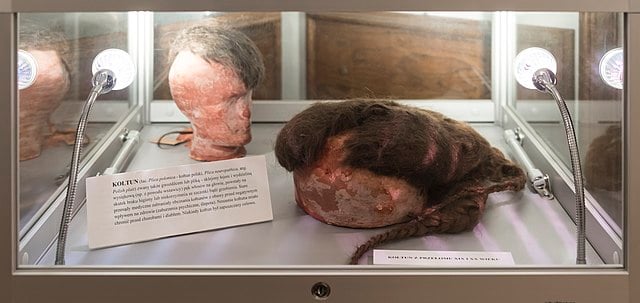
That said, as dreadlocks have been found to be present in other cultures around the Viking Age, such as the Polish plait (a singular “lucky dreadlock”) of Poles and other Slavs, it is possible that some Vikings from Slavic areas or nearby Viking areas of influence such as Jomsborg, Volin, Volgian Rus, or Truso would wear this “lucky charm” dreadlock.
Did Vikings Have Man Buns?
As Vikings tended to have longer hair, it is certainly possible that some of them may have tied their hair up in a bun (what we today would call a “man bun”) to keep it out of their eyes and face. We just don’t have any evidence to support this theory, though we do have evidence that suggests that they tied their hair further down along their neck so that it would fall on their back instead of their face.
So although it is a possibility, there is no evidence available to us that would suggest that Vikings donned a man bun.
Historically Accurate Viking Age Hair Styles for Women
We do not have as many archeological findings of different female hairstyles as we have for male cuts, but nonetheless here are some that are fairly historically accurate:
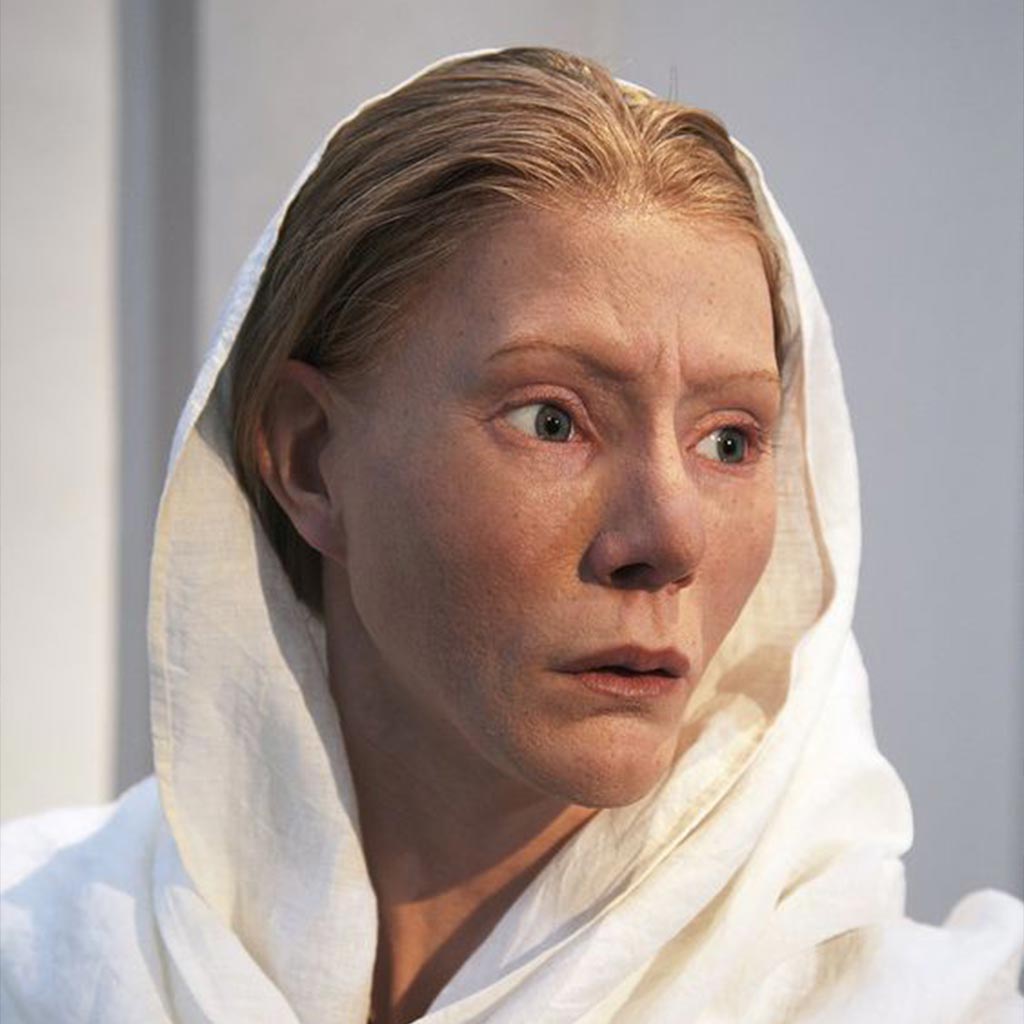
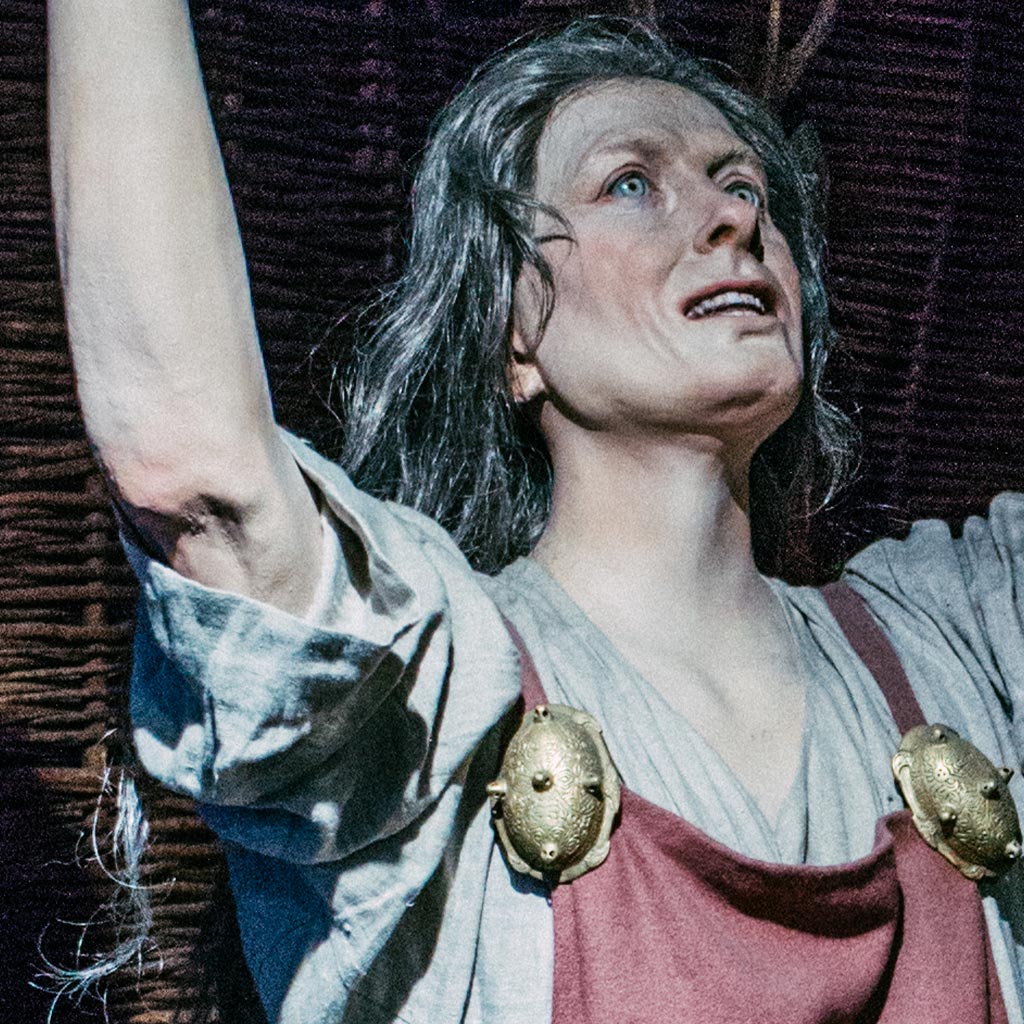
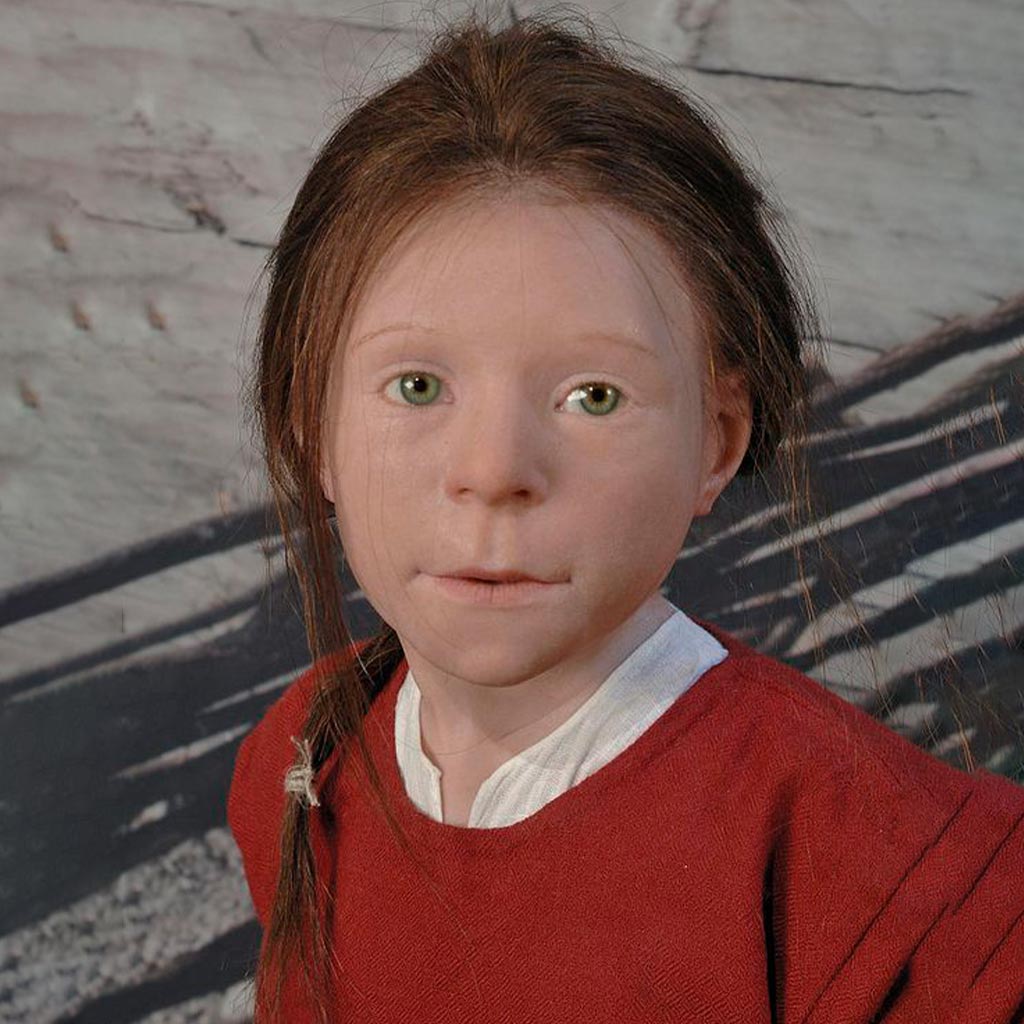
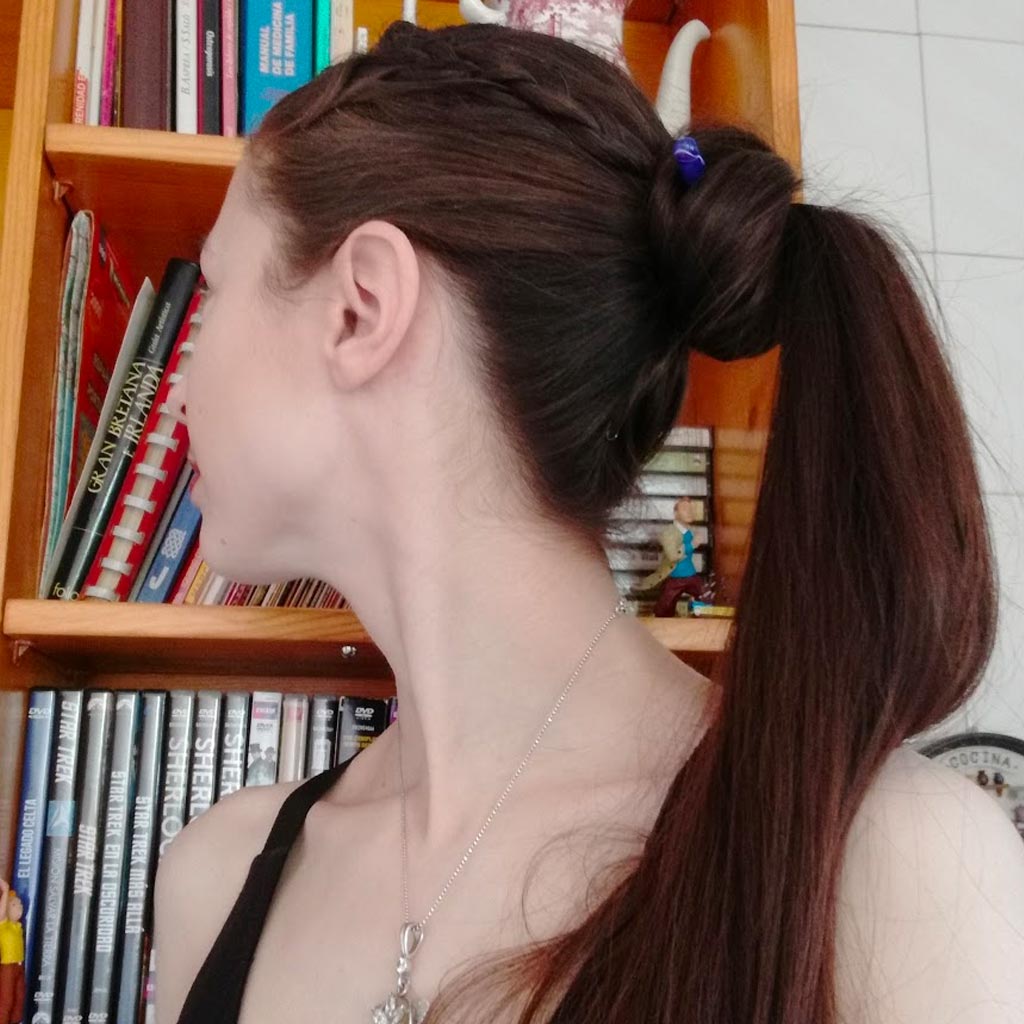
These hairstyles come from artifacts, sculptures, engravings and similar left behind in Norse graves, so they are likely to have been at least somewhat popular during the Viking Age.
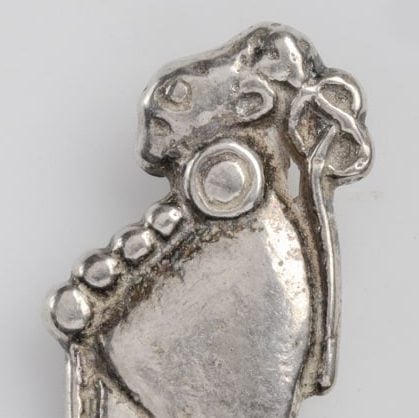
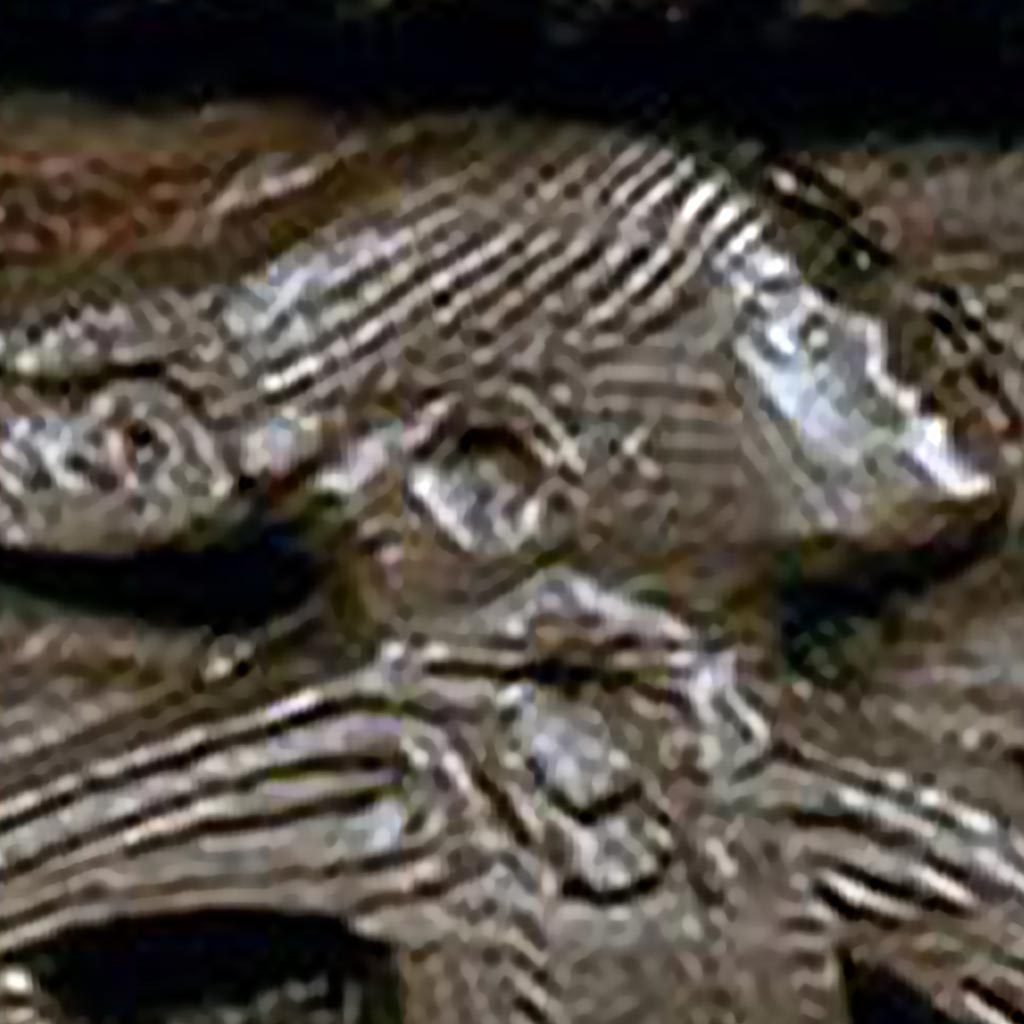
The Valkyrie knot is the most commonly depicted hairstyle, as the Valkyries are the most commonly depicted Viking females in general.
In Norse mythology, the valkyries were responsible for bringing half the warriors who have fallen in battle to Valhalla, while the other half go to another famous Viking female figure; Freya, the goddess of fertility, love, beauty, and war.
If you’d like to try your hand at making your own valkyrie knot, here’s a detailed video with instructions:
That said, it is assumed that having long hair was generally seen as more important the higher up on the social ladder one was, with the jarls having long and elaborate hairstyles, while they had their thralls (slaves, who made up around 20-30% of the population) cut their hair short.
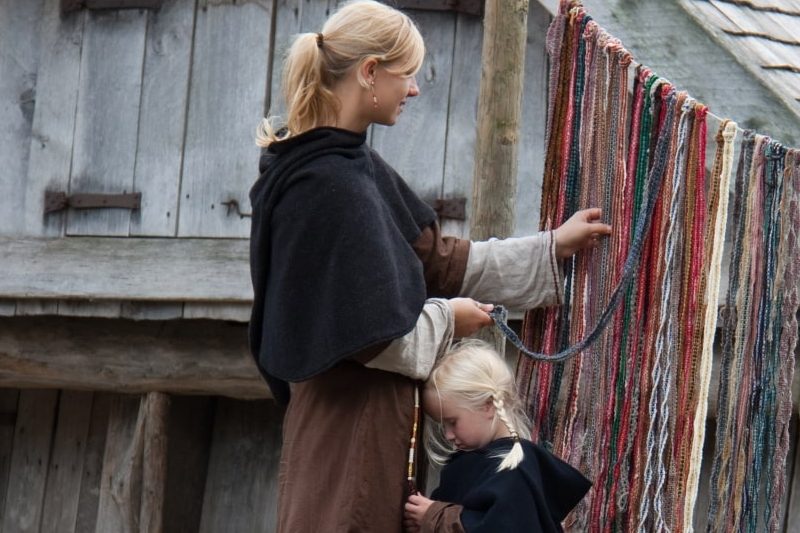
What We Know About Viking Beards: Accurate Viking Beard Styles
Vikings were often described and depicted with well-groomed and sometimes elaborate facial hair, ranging from full and long beards to more practical Viking-style mutton chops and mustaches. Historians believe that most Norse men had facial hair, and those who didn’t were even mocked for it according to the sagas.
The Viking beard was also a source of pride, and if someone insulted another man’s beard that was grounds for killing the other man according to the sagas.
Historical & Archeological Examples of Viking Beard Styles
Despite all the modern-day depictions of elaborate Viking beards, we don’t really have too many sources that show how Viking beards actually looked like and how they were styled.
Here are some examples of historically accurate Viking beard styles that have been found on figures and runestones, and dated back to Viking age Scandinavia:
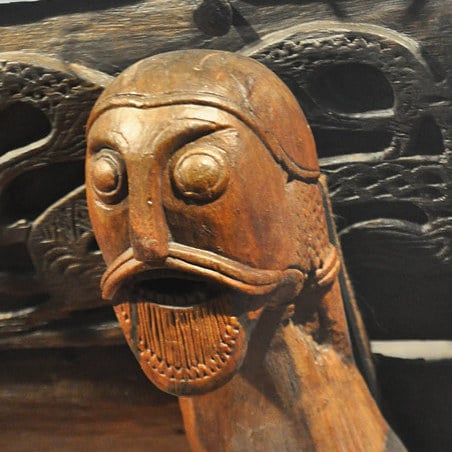
Photo: Bochum1805 (licensed under CC BY-SA 2.0).
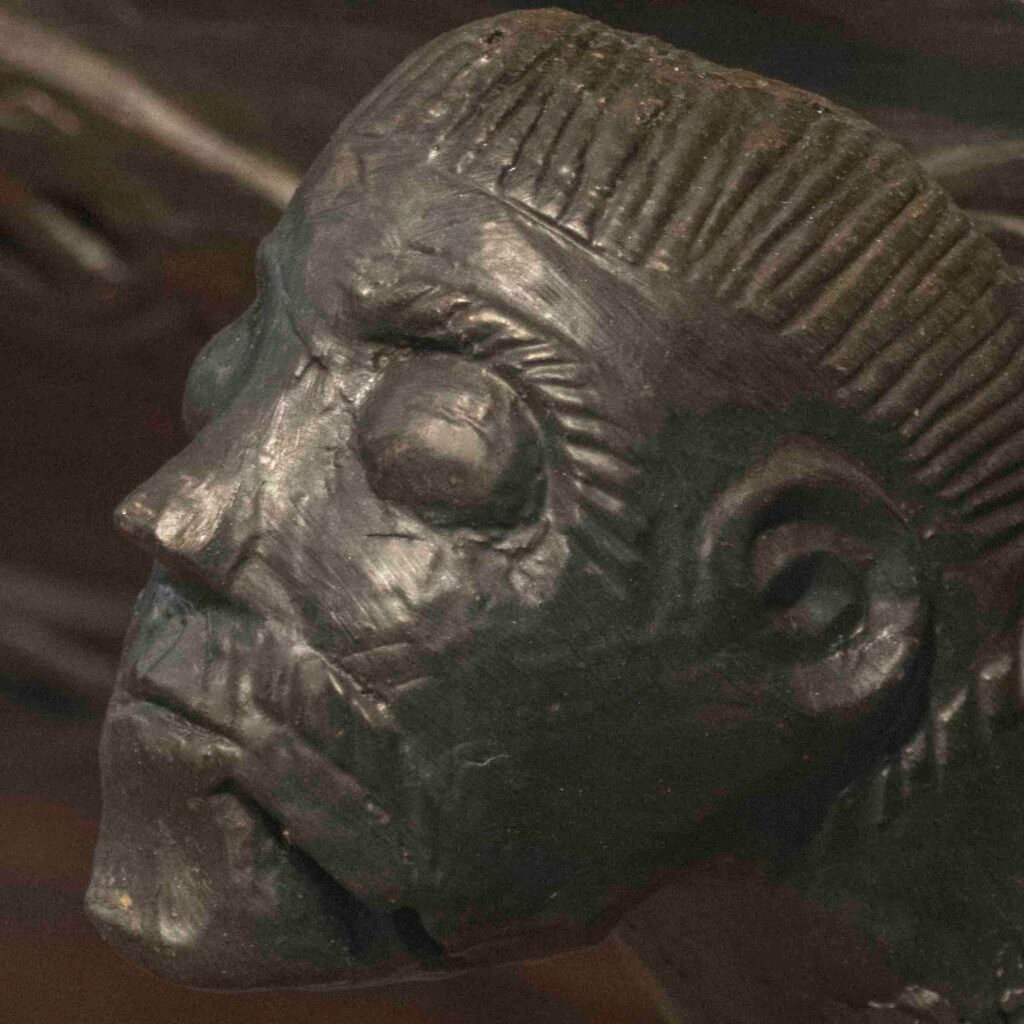
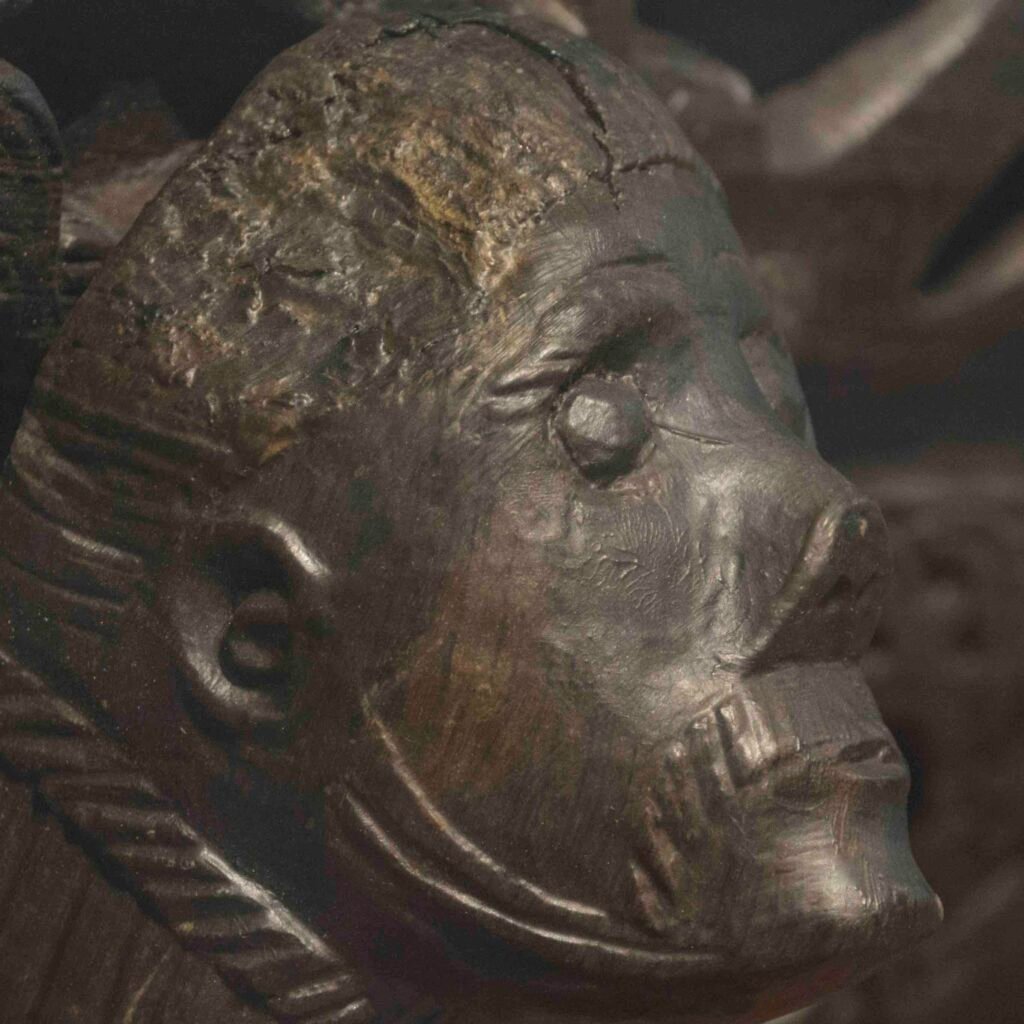
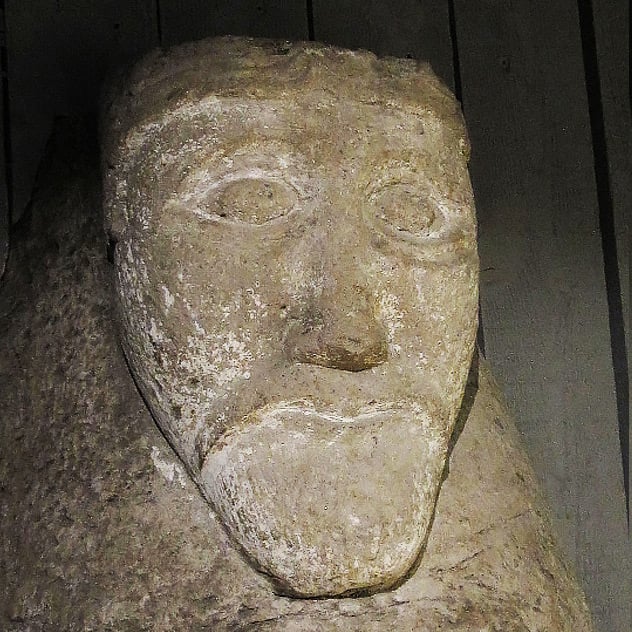
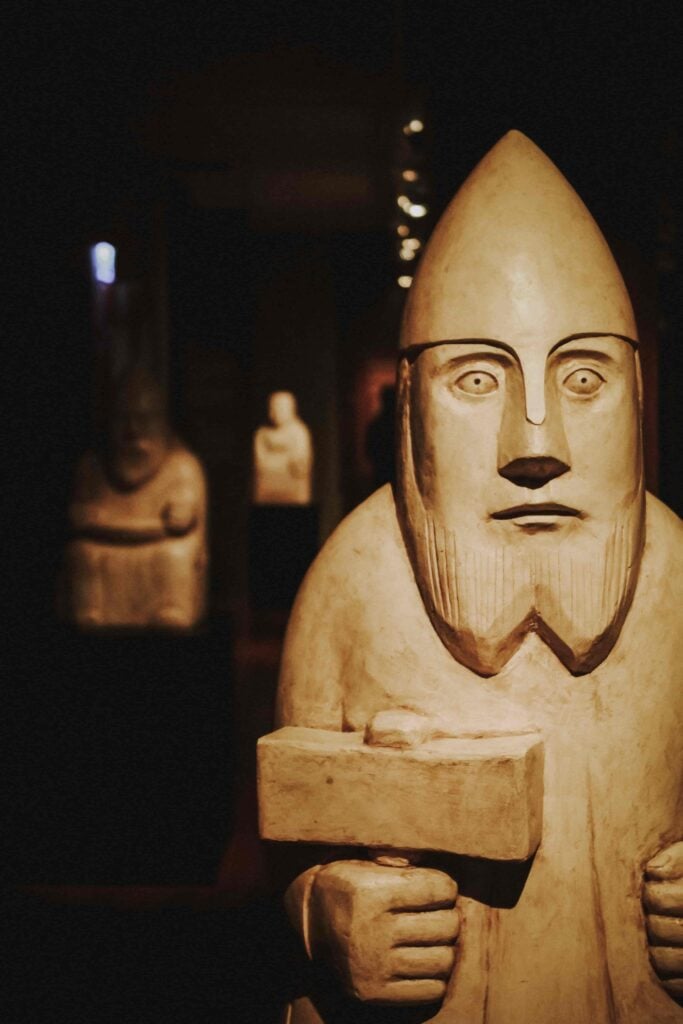
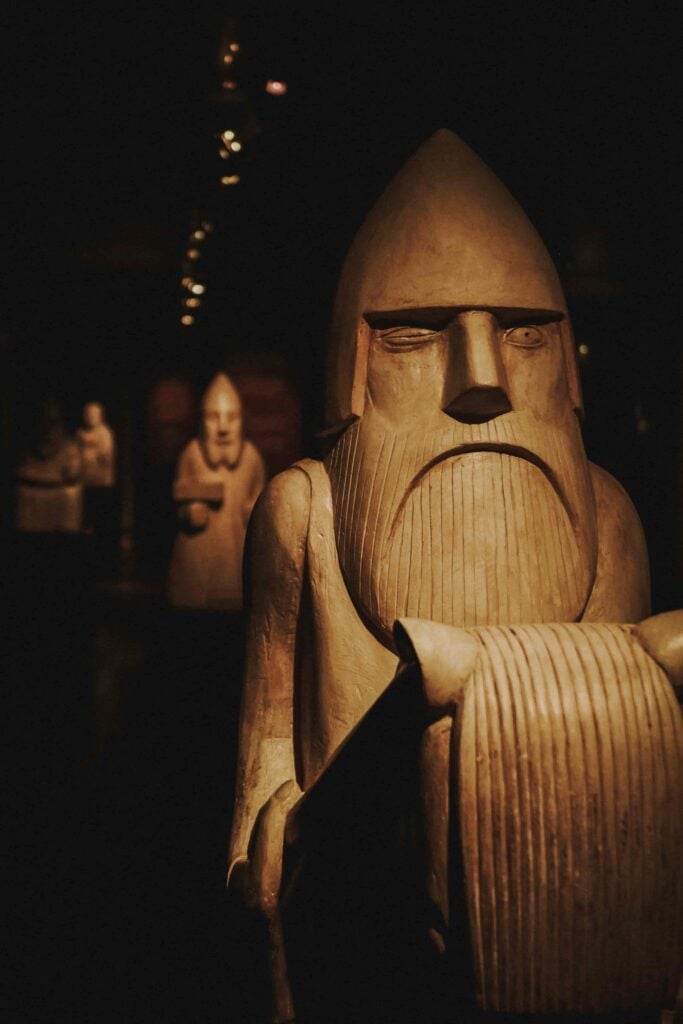
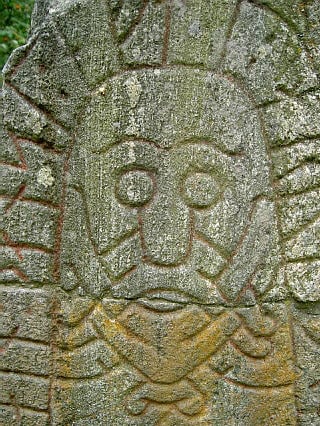
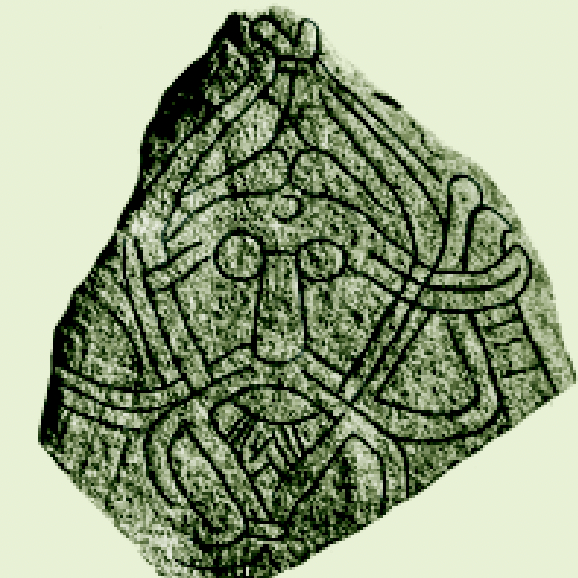
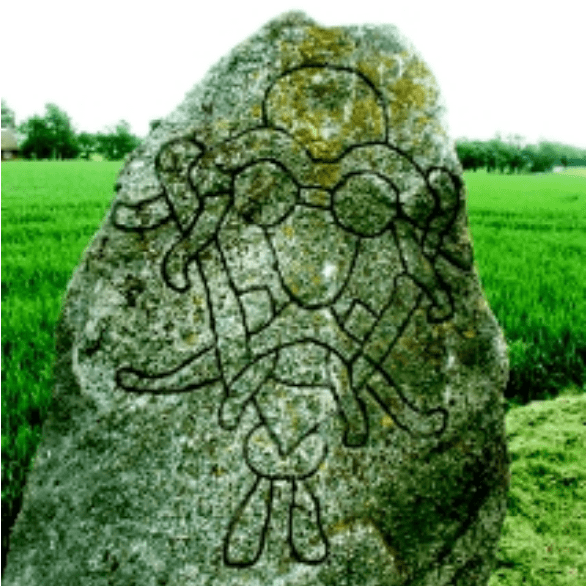
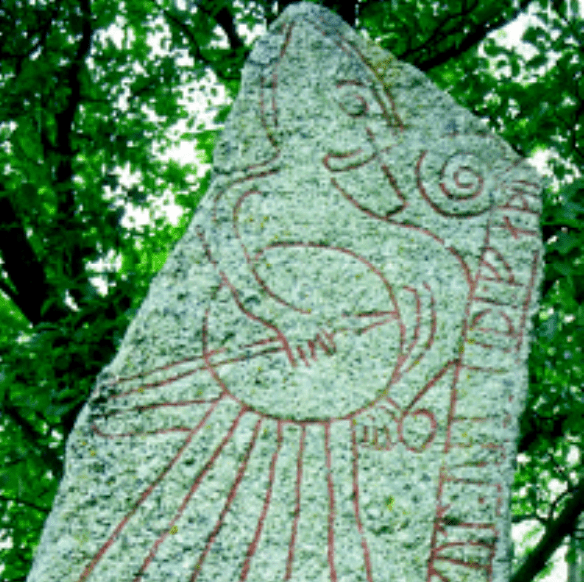

How Common were Viking Beards?
Beards and mustaches were very common in Vikings according to archeological findings and written records. The Viking beard was a source of pride and honor among the free men, and insulting one’s beard could result in a deadly outcome or sometimes even prolonged feuding between families.
Furthermore, recent DNA studies show that people from modern-day Scandinavia have a specific gene-makeup that is linked to more facial hair growth than average, as well as a facial hair growth pattern that is concentrated around the upper lip, cheek, neck, and chin (meaning full beards are common among Scandinavians).
This is assuming Viking Age Scandinavians had a similar genetical makeup for certain markers related to beard growth, which the same study supports, mentioning that Vikings largely had similar genetic markers as modern-day Scandis when it comes to hair growth.

Why Did Norsemen Grow Beards?
According to the Norse sagas, Viking Age Scandinavian men were proud of their beards, and facial hair in archeological findings see a sudden increase during the Viking age (compared to the bronze age), suggesting there was a strong cultural preference for beards.
Njal’s Saga, for example, explains how Norsemen were expected to grow a beard, and those who didn’t were often mocked by both their peers and potential partners.
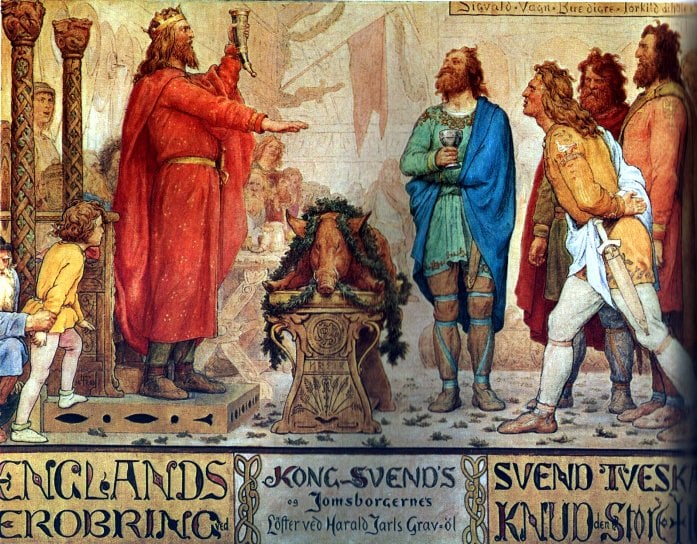
Did Vikings Braid Their Beard?
Vikings were known to braid their beards in different ways according to written primary sources, among them the stories about Svein Tveskägg (Sven Forkbeard), known for his beard that was split into two braids.
Scholars believe his grave has been found underneath a church in Lund, Sweden, in what is called the Drotten church ruins. There is even a bearded stone figure from the ruins, although it is unclear if it’s supposed to depict Sven himself or someone else.

I’d guess that it likely isn’t Sven Forkbeard since it doesn’t have his signature “forkbeard” (i.e. parted or braided beard).
Modern Viking-inspired Haircuts: Do’s & Dont’s
Are you perhaps in the market for an authentic Viking haircut, or would just like to generally style your hair as the Norse people (supposedly) did? Let’s go through some do’s and don’t’s if you want to keep it fairly historical.
Don’t: The Ragnar and Uthred Haircut
First off, let’s get some things out of the way straight off the bat. It’s important to note that there is no evidence of the braided undercut style we see so much in TV shows (i.e. Ragnar & Uthred), but it is of course possible that some Vikings styled their hair like that.

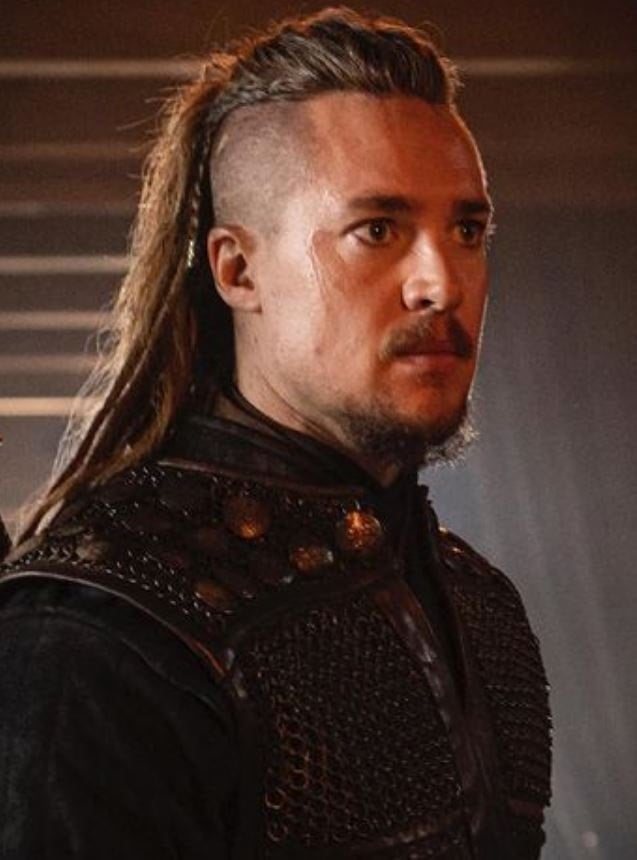
Vikings have after all been documented to take good care of their hair and appearance in general, and since there are some similar haircuts where the sides and back are shaved, it’s not out of the realm of possibilities.
That particular haircut has just never been described or documented in any way as far as we know.
Do: The Northman Haircuts
That said, there are modern takes on Norse hairstyles that I prefer over the Vikings ones, especially those in Robert Egger’s The Northman:
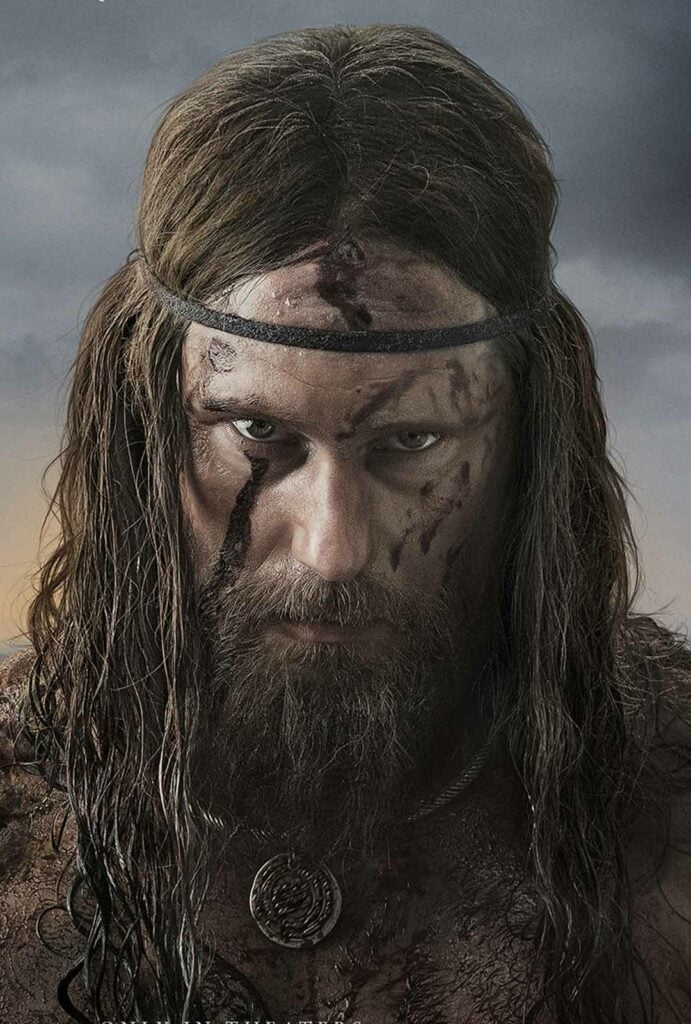
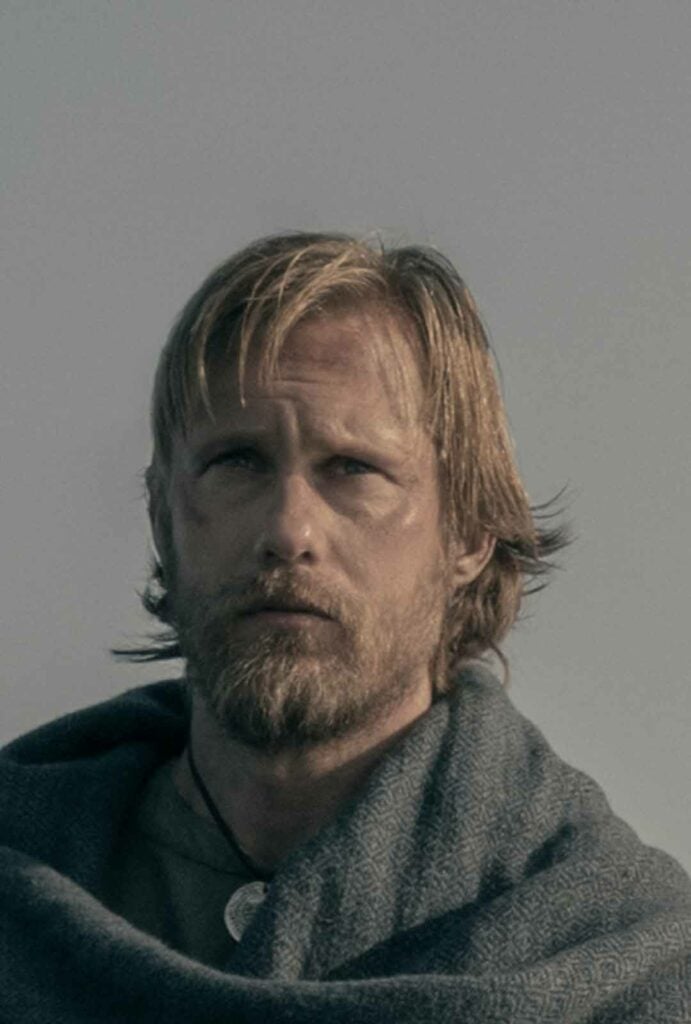
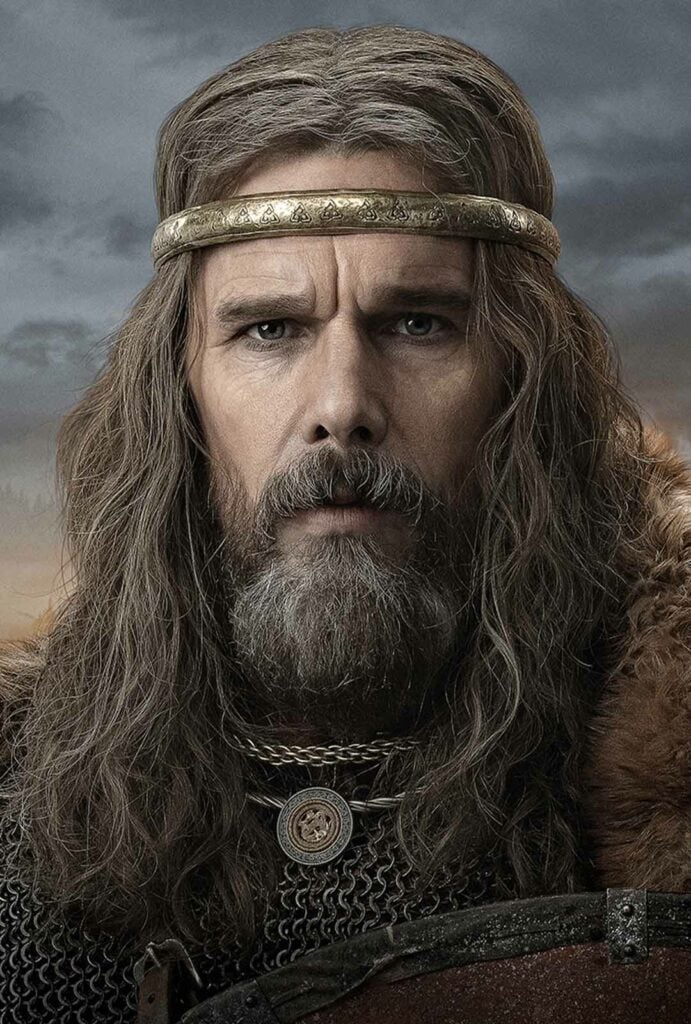
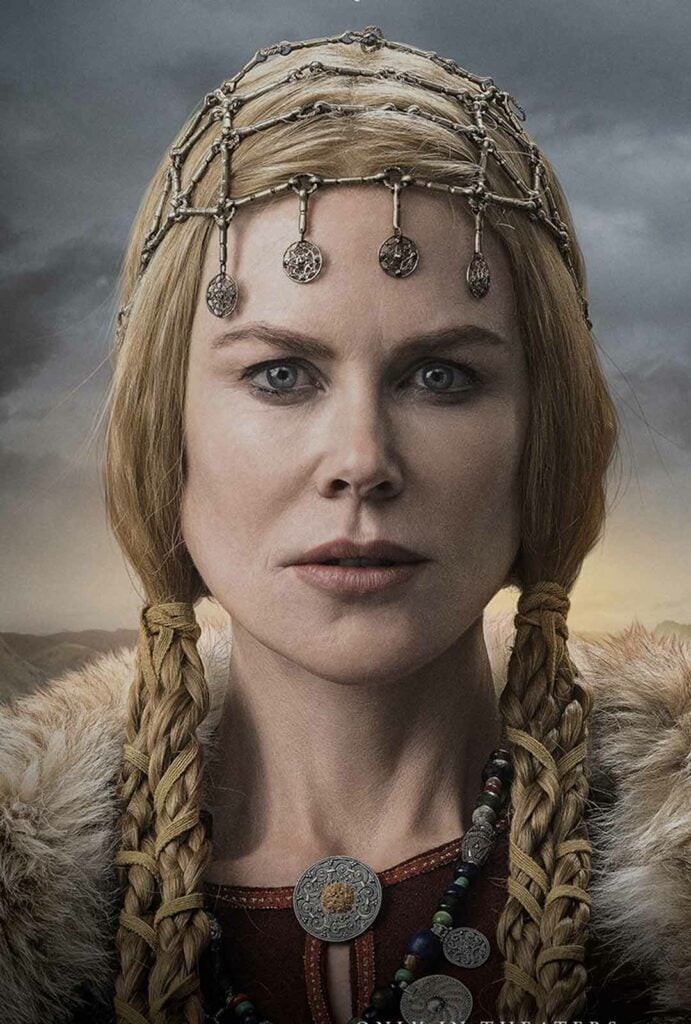
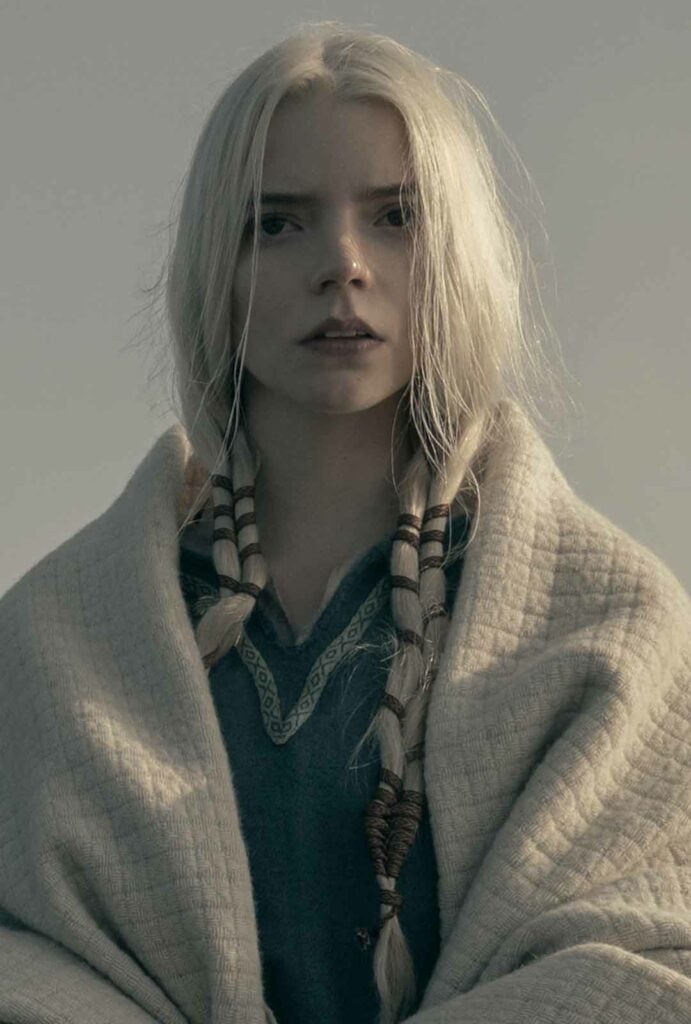


I think Robert Eggers did a fantastic job with the costumes and hairstyles, and his zero tolerance for taking shortcuts really does show in the details.
Some examples include insisting that any hairbands were made of tablet weaving, and the choice of Heimr the Fool’s haircut to match that of Leo the Deacon’s description of a Norse haircut fairly accurately:
He shaved his head completely, except for a lock of hair that hung down on both sides
An approximate translation of Leo the Deacon’s History (p. 167—168)
Eggers and his team used hairstyle examples found on Viking-age objects and artworks, such as the ones I listed earlier in the article.
Another modern interpretation I like is that of Annette Collin, who wrote the book The Shield Maiden & the Viking: Step-by-step guide for modern Viking braids & make-up, within which she displays and guides you through tons of different ways to braid female and male hair (& beards) in a Norse-inspired way.
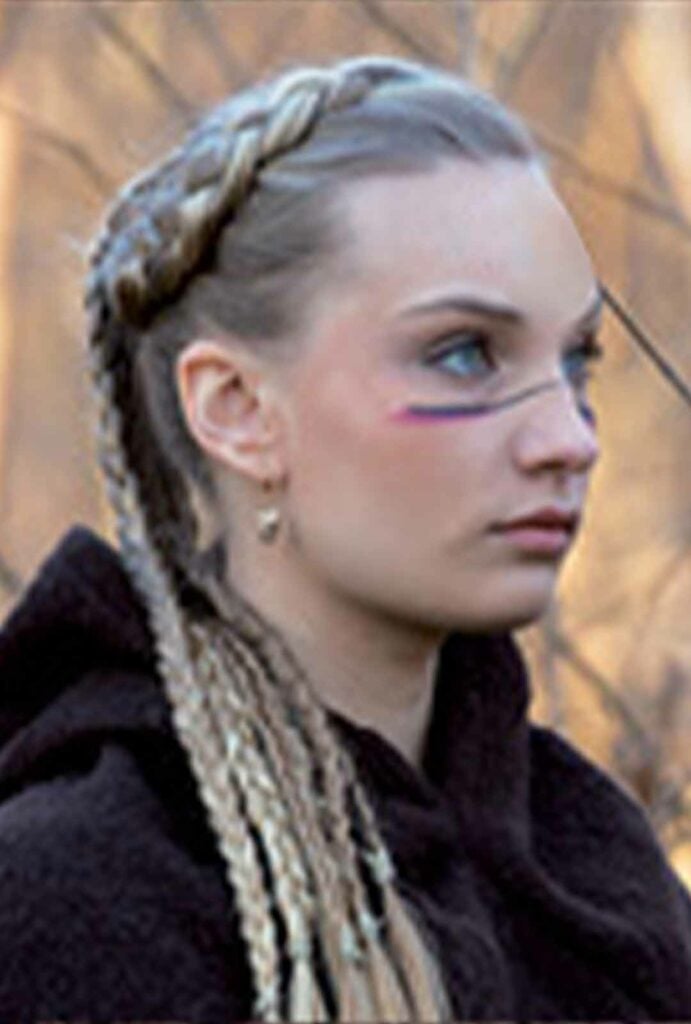
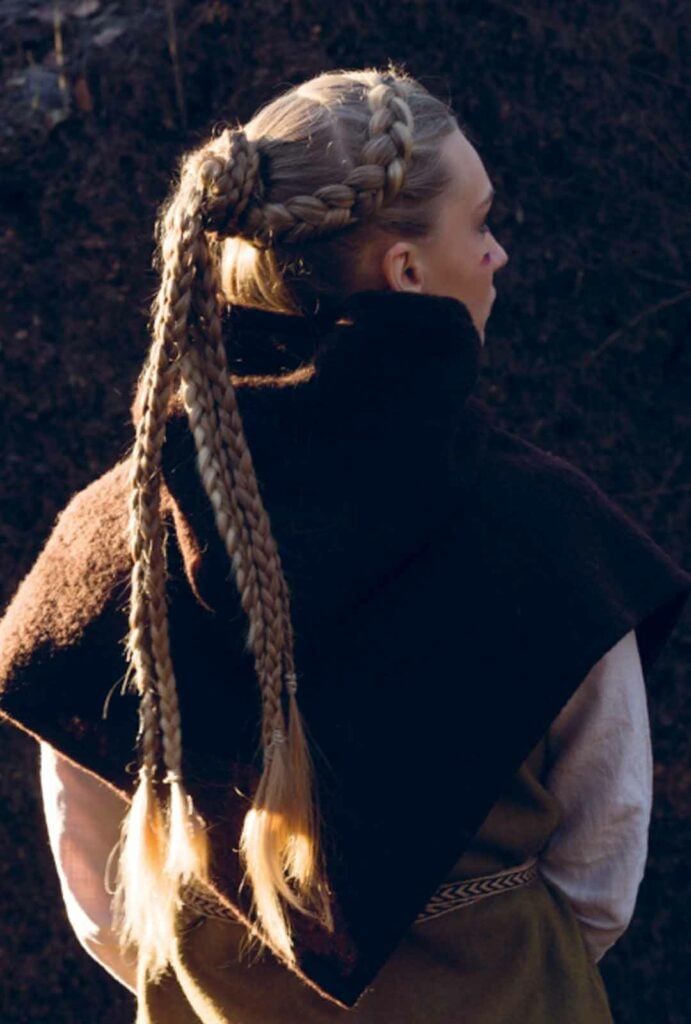
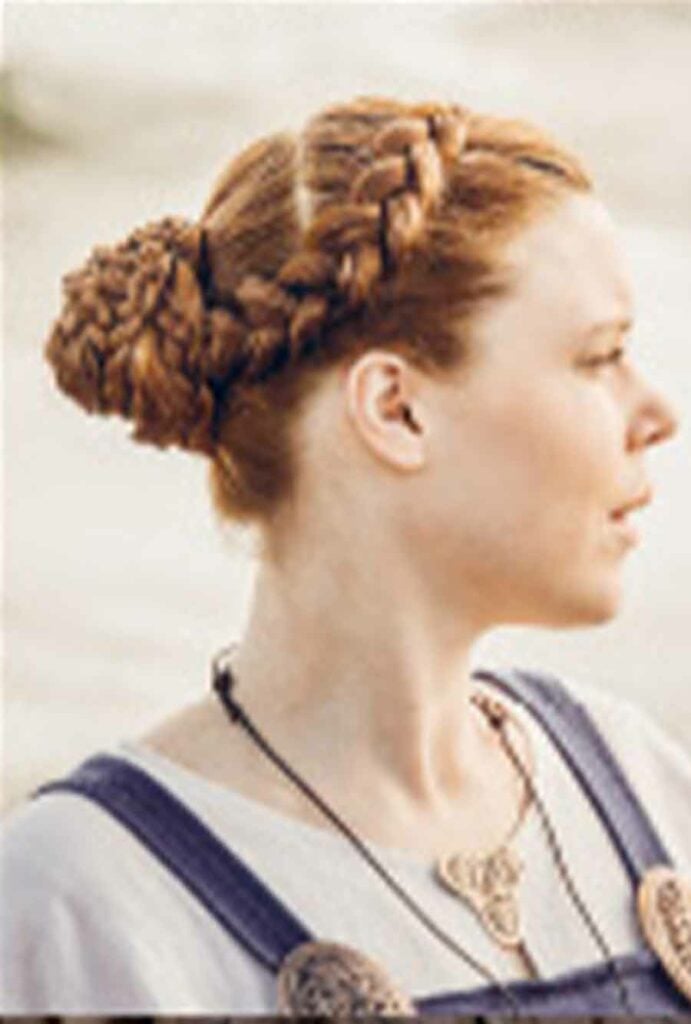
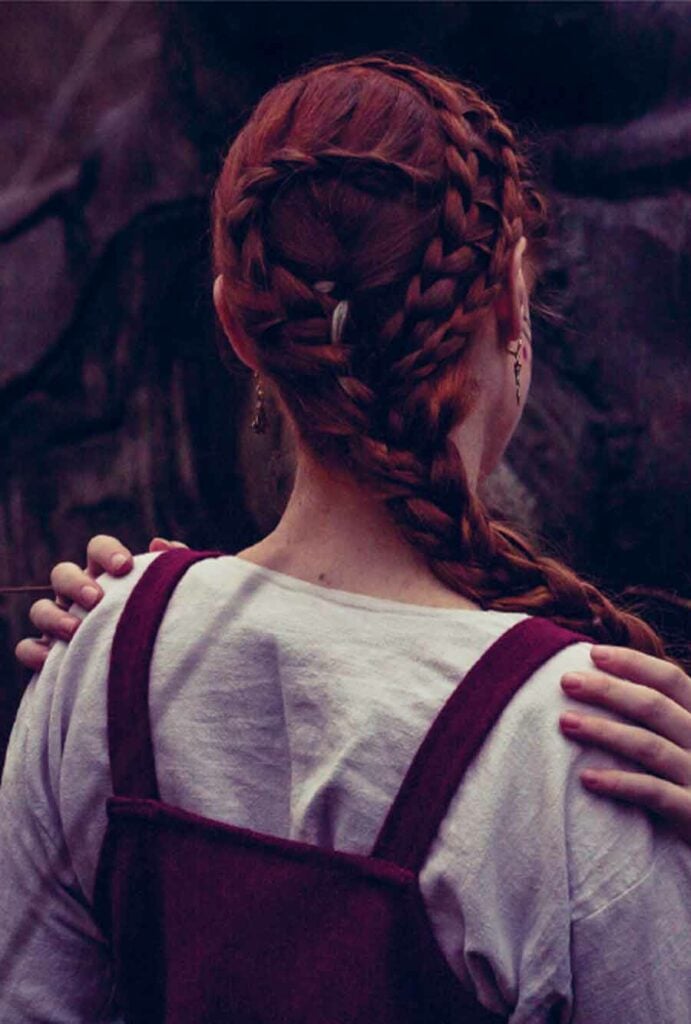
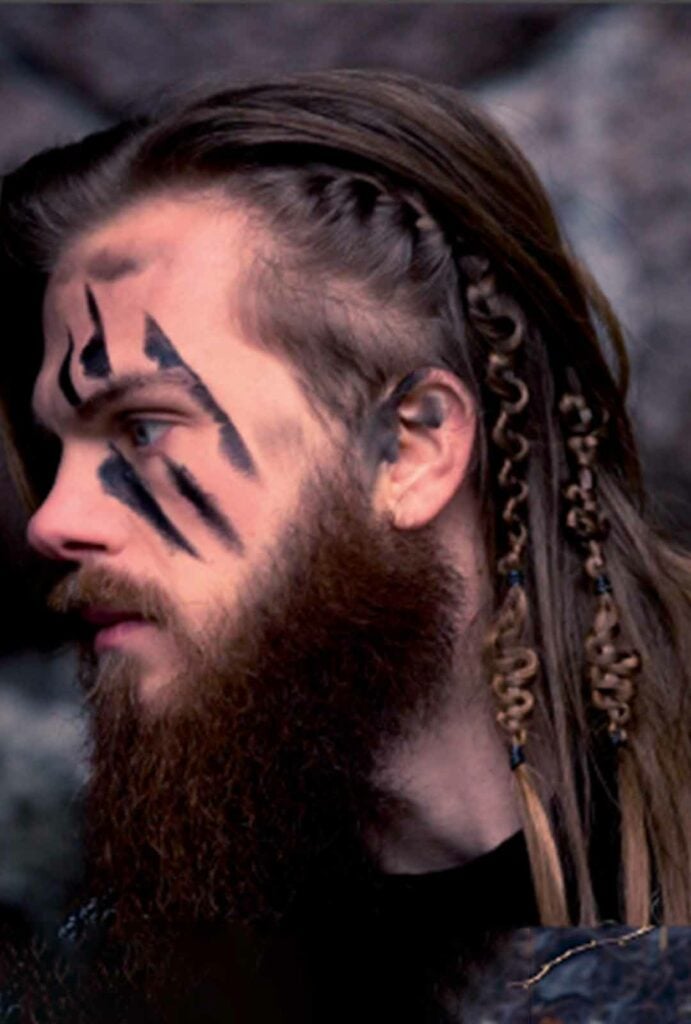
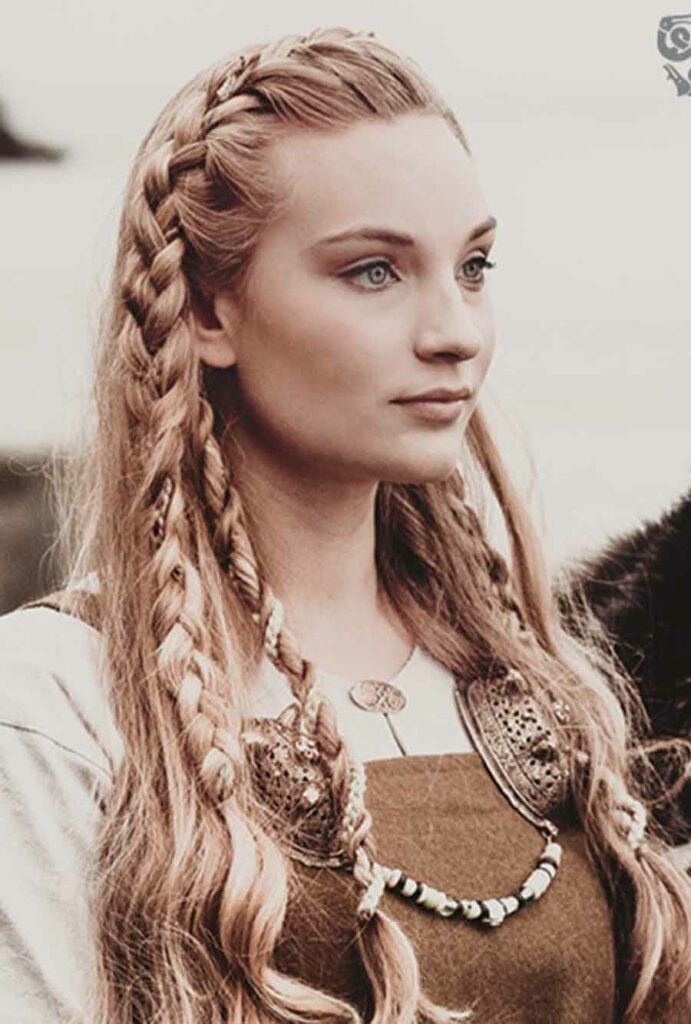
Many of these hairstyles are based on archeological findings, including the famous valkyrie knot. In some styles, Annette has infused a lot of her own creativity (due to a lack of more diverse sources I’d assume), but this has been done in a very tasteful and authentic way.
Do: The Young Björn Ironside, the Rollo, and the Osferth Haircuts
And finally, there are some haircuts from Vikings and The Last Kingdom that are fairly accurate for the time period, so let’s not throw them under the bus completely:
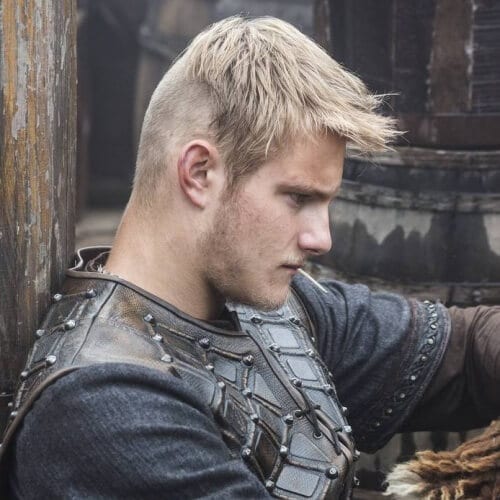
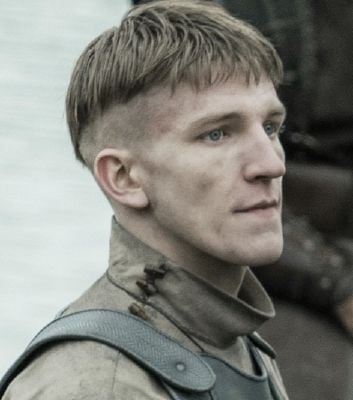
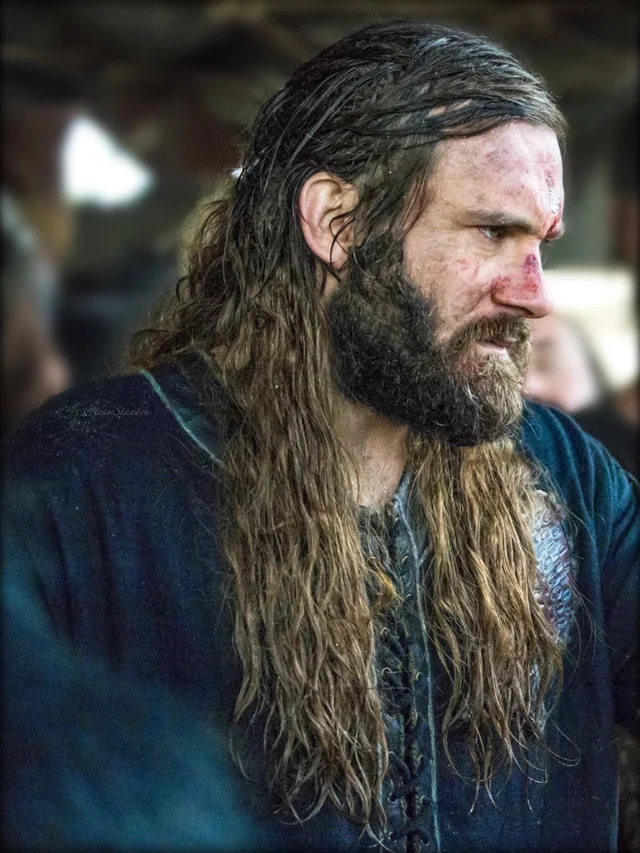
Sources:
https://historiska.se/upptack-historien/artikel/det-hangde-pa-haret/
https://www.svt.se/nyheter/lokalt/vast/modetrendens-blodiga-historia
https://www.jstor.org/stable/pdf/27702690.pdf
https://www.vikingrune.com/2014/03/viking-hairstyles-is-ragnars-haircut-historical/
https://mashable.com/article/the-northman-viking-history-alexander-skarsgard-robert-eggers
https://www.vikingeflet.com/pages/skjoldmoen-og-vikingen-annette-collin-kob-bogen-her
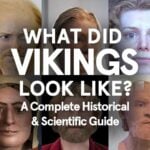 Viking Traits: How Vikings Actually Looked (Complete Guide)
Viking Traits: How Vikings Actually Looked (Complete Guide) Viking Music: What Instruments Did the Vikings Play? (Examples)
Viking Music: What Instruments Did the Vikings Play? (Examples)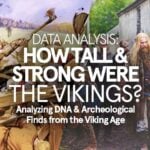 How Tall & Strong Were Vikings? (Based on DNA & Archeology)
How Tall & Strong Were Vikings? (Based on DNA & Archeology)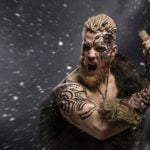 12 Interesting Answers About the ‘Vikings’ TV Series + Timeline
12 Interesting Answers About the ‘Vikings’ TV Series + Timeline

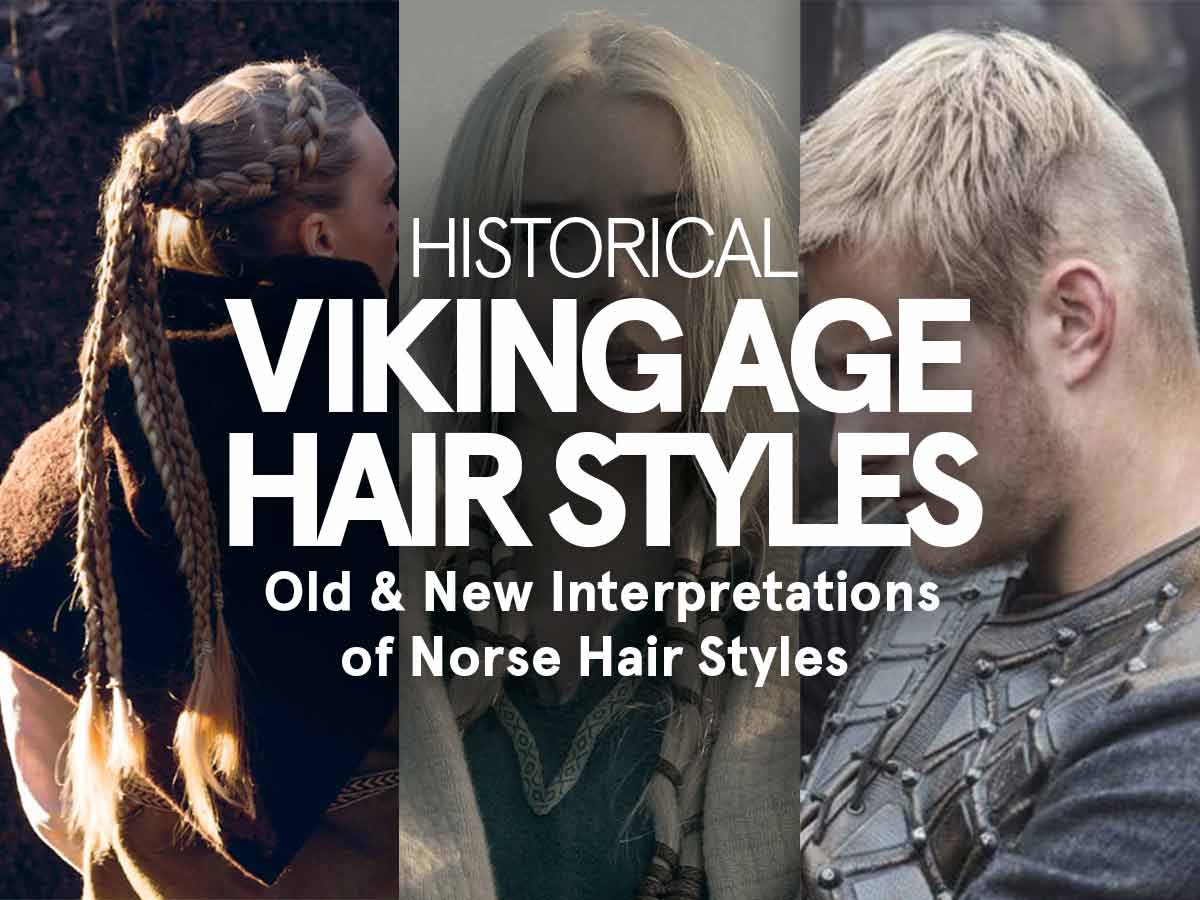
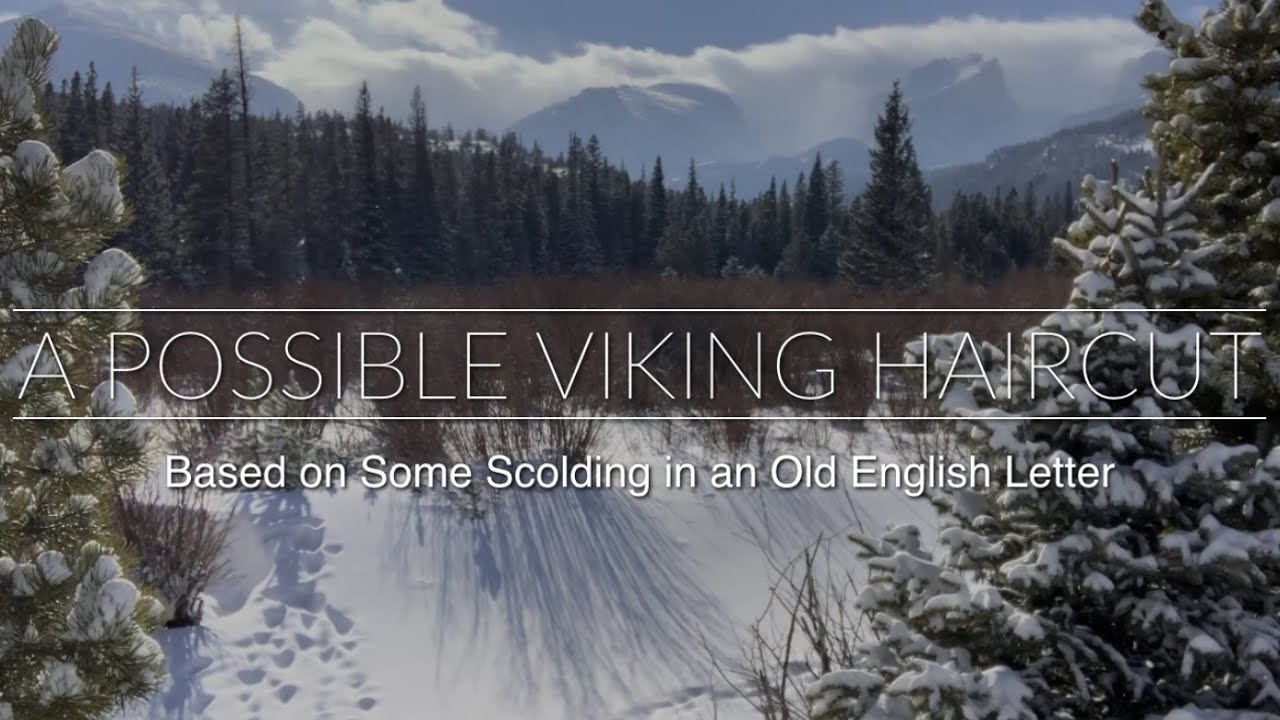
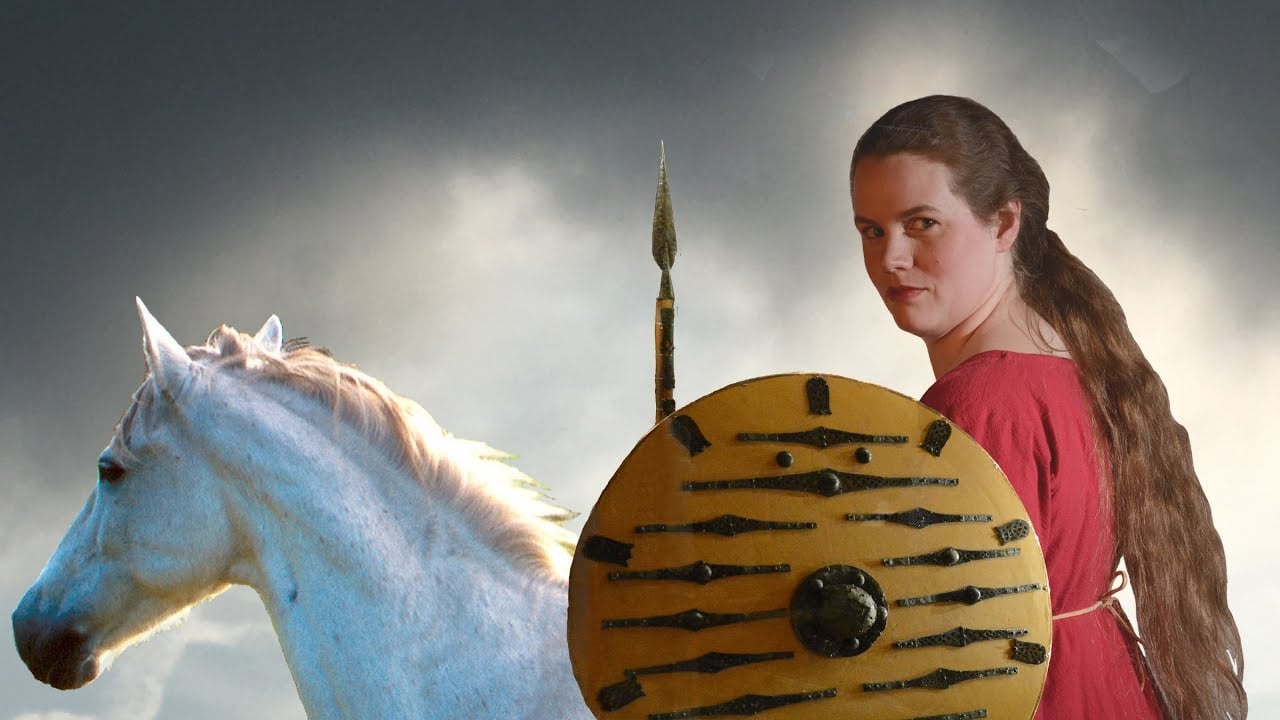
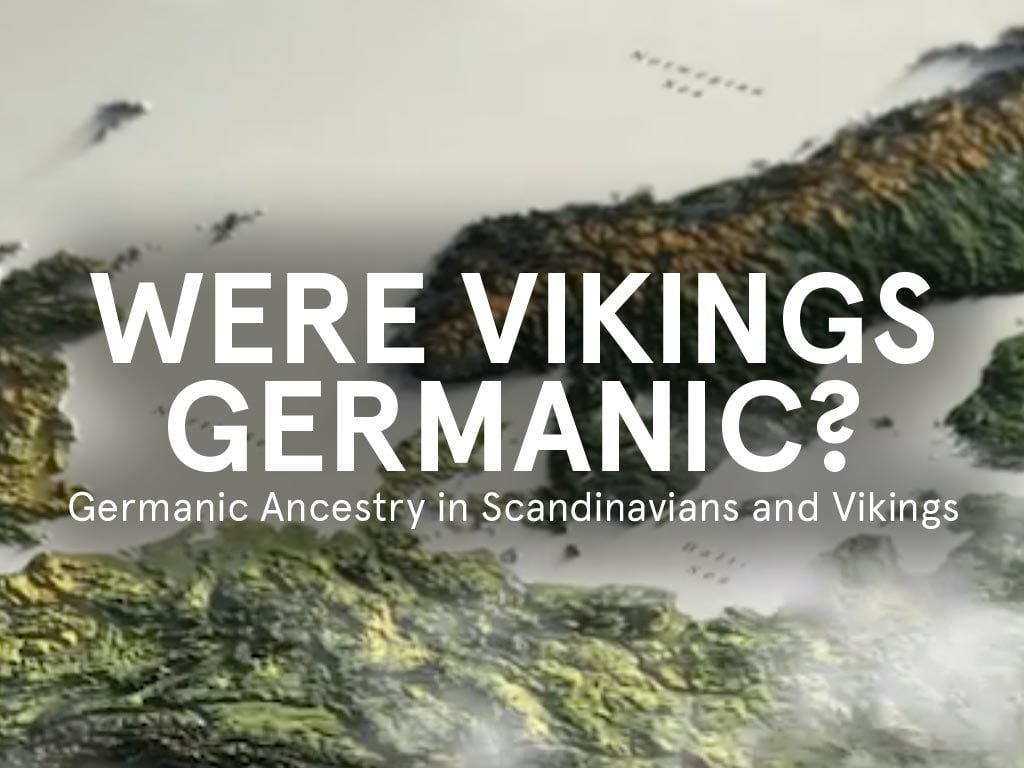
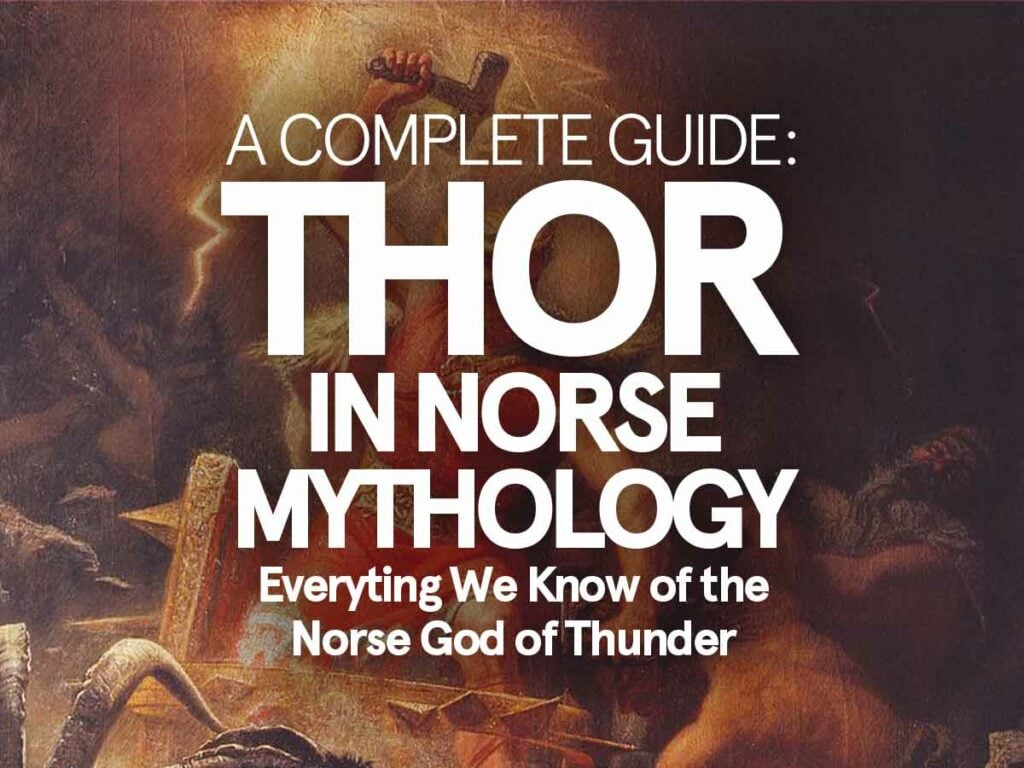
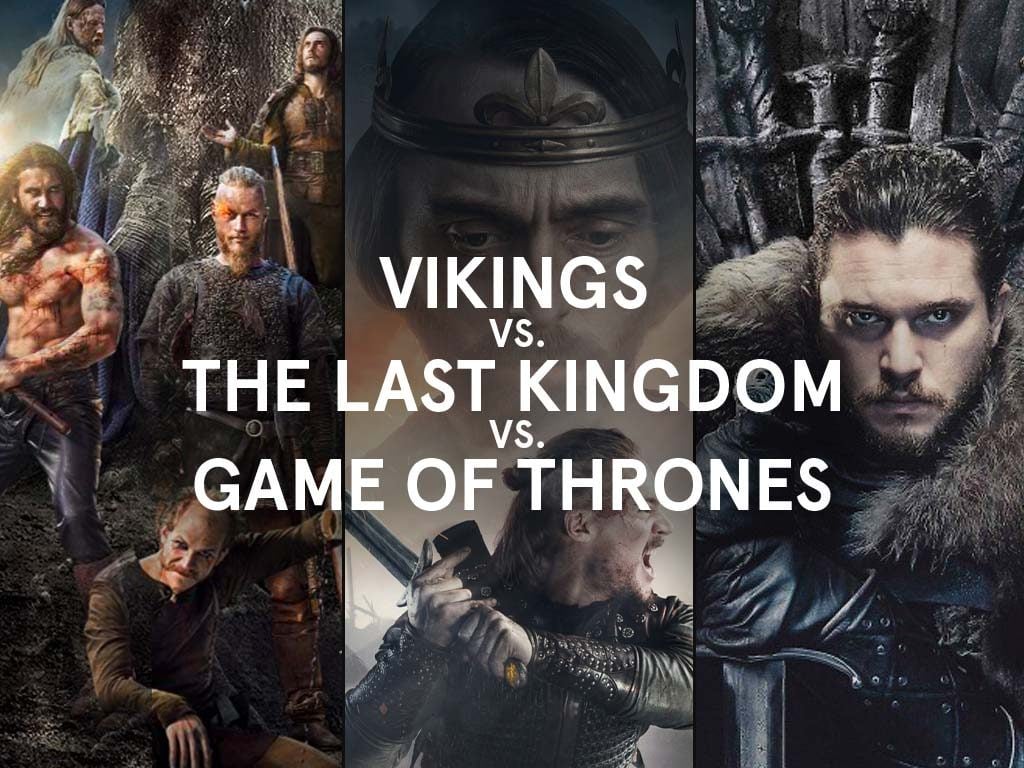
Thank you! Enjoyed this! How do you feel about the Dwarves in the Hobbit for ideas about Viking beard braiding?